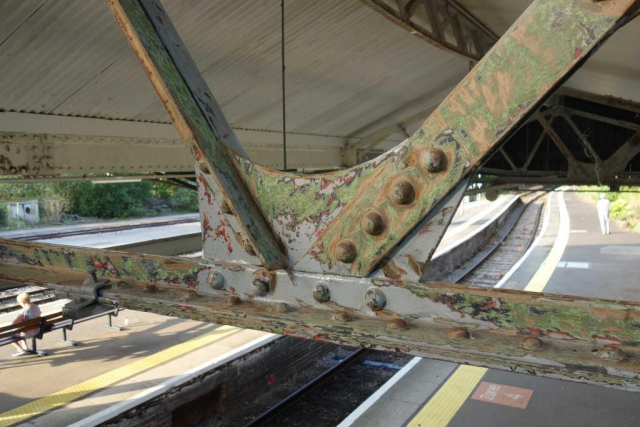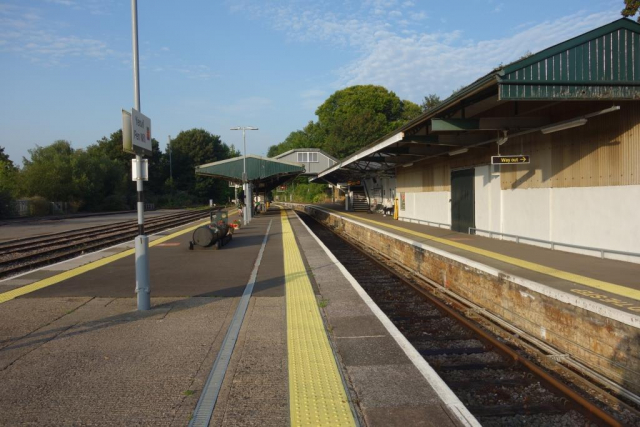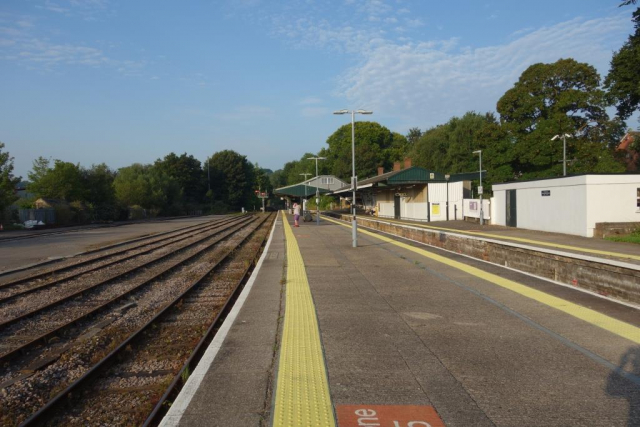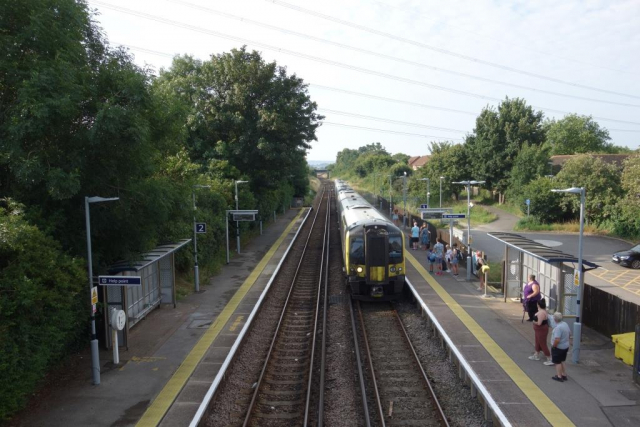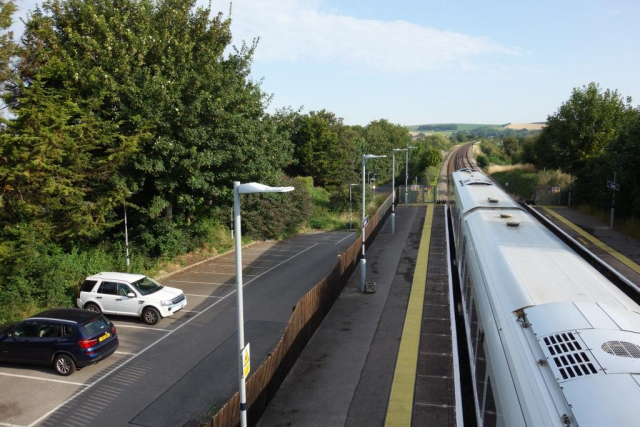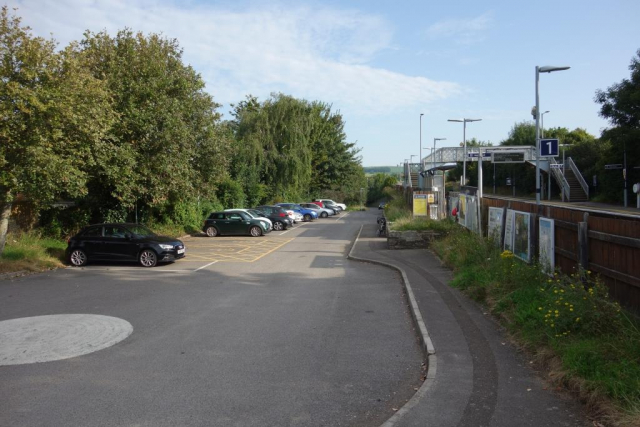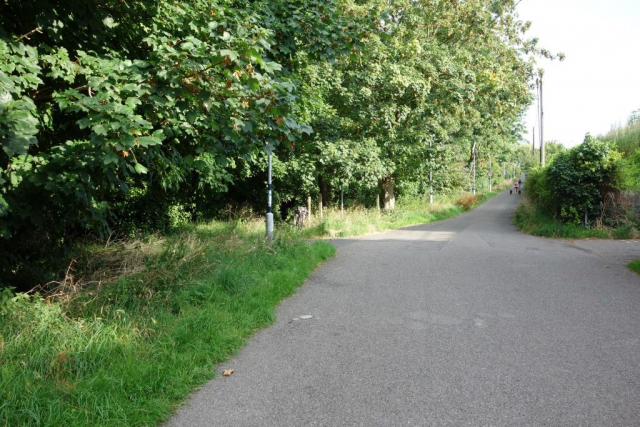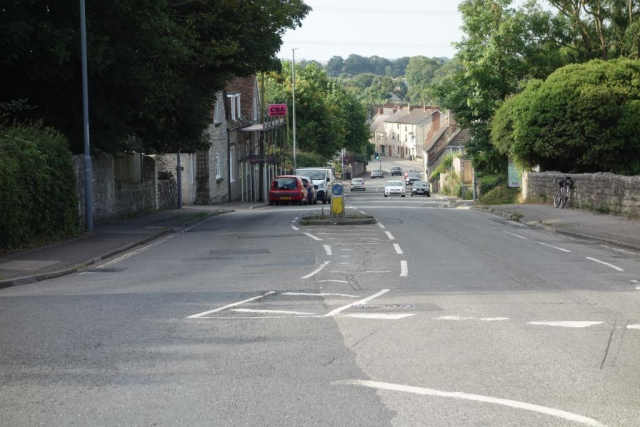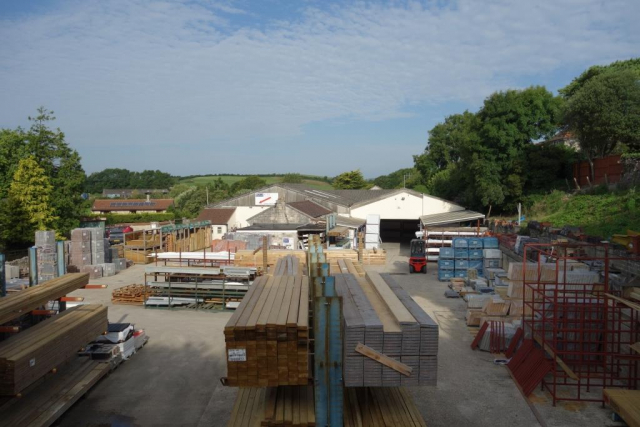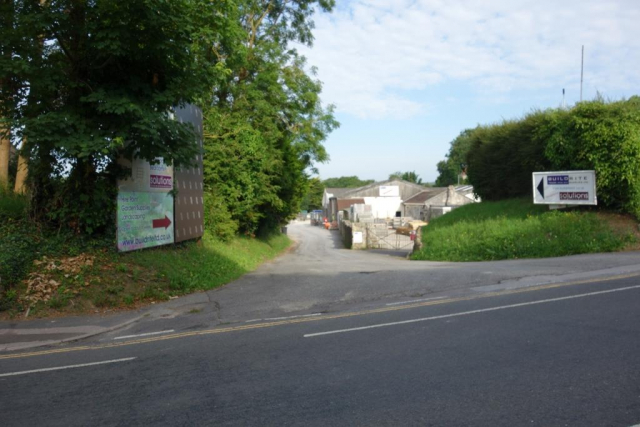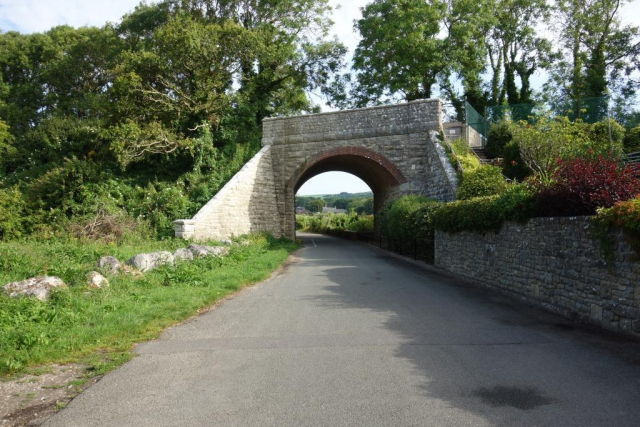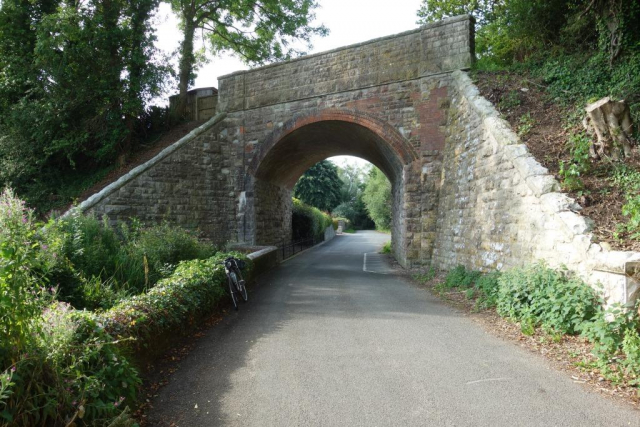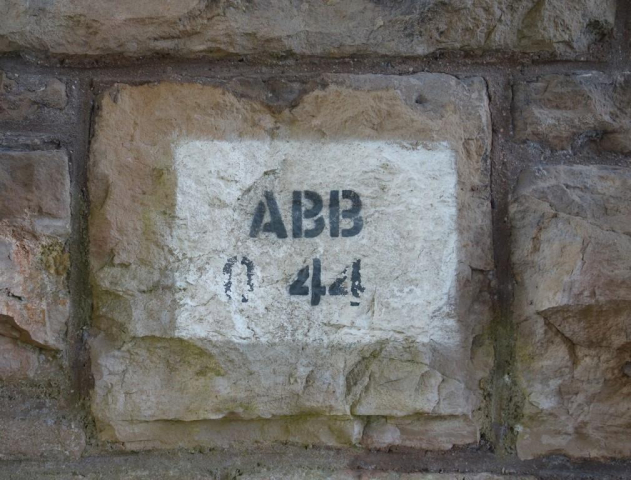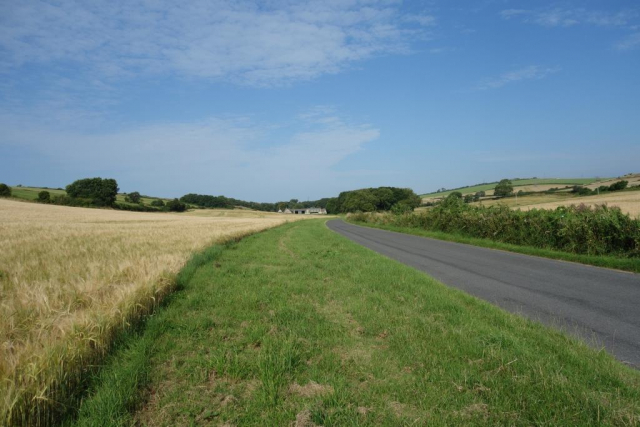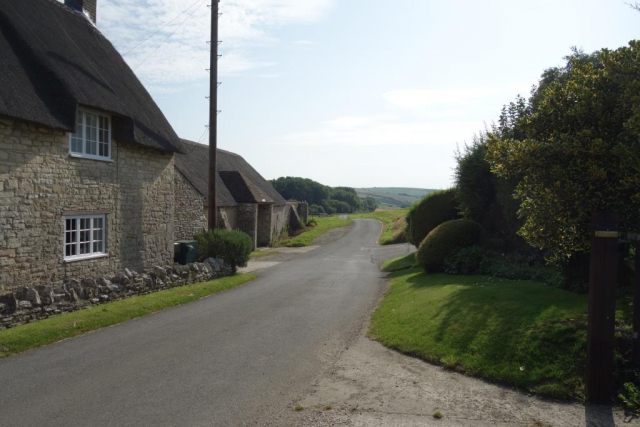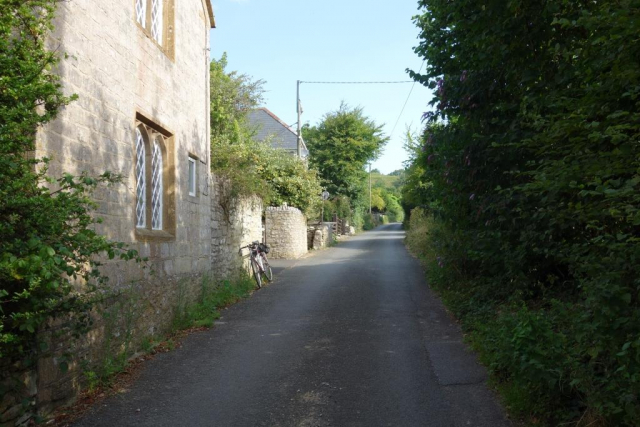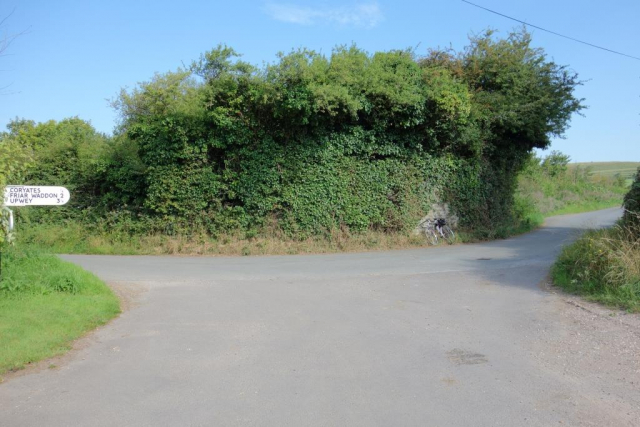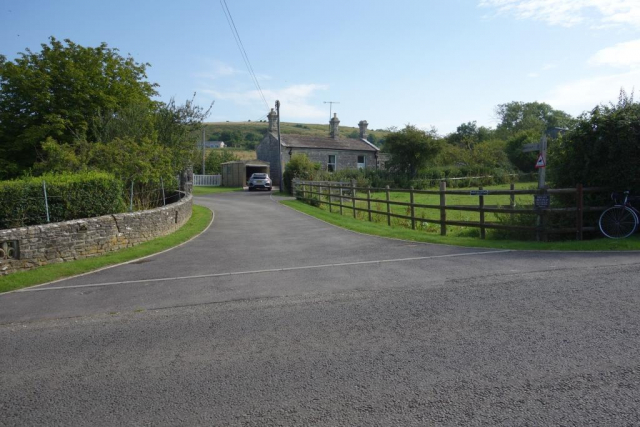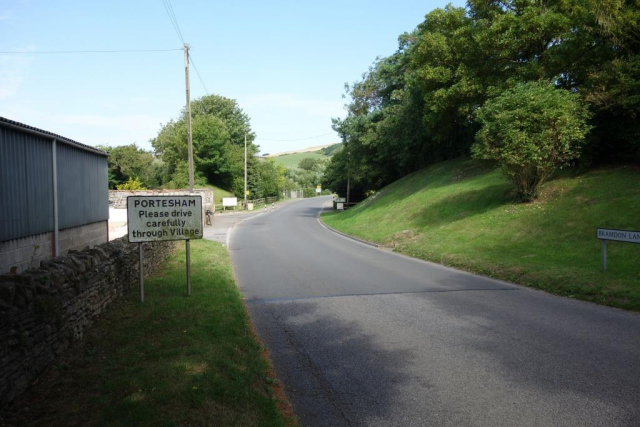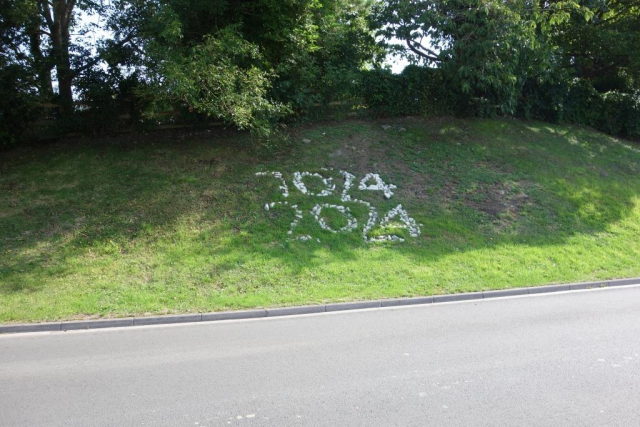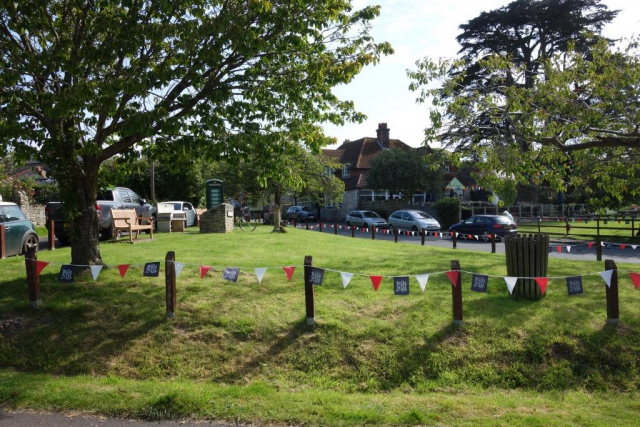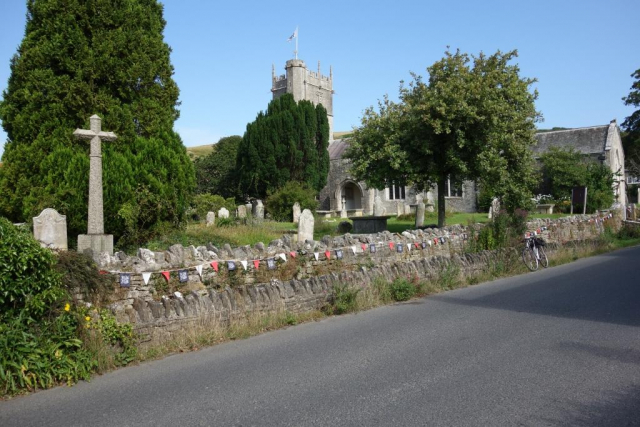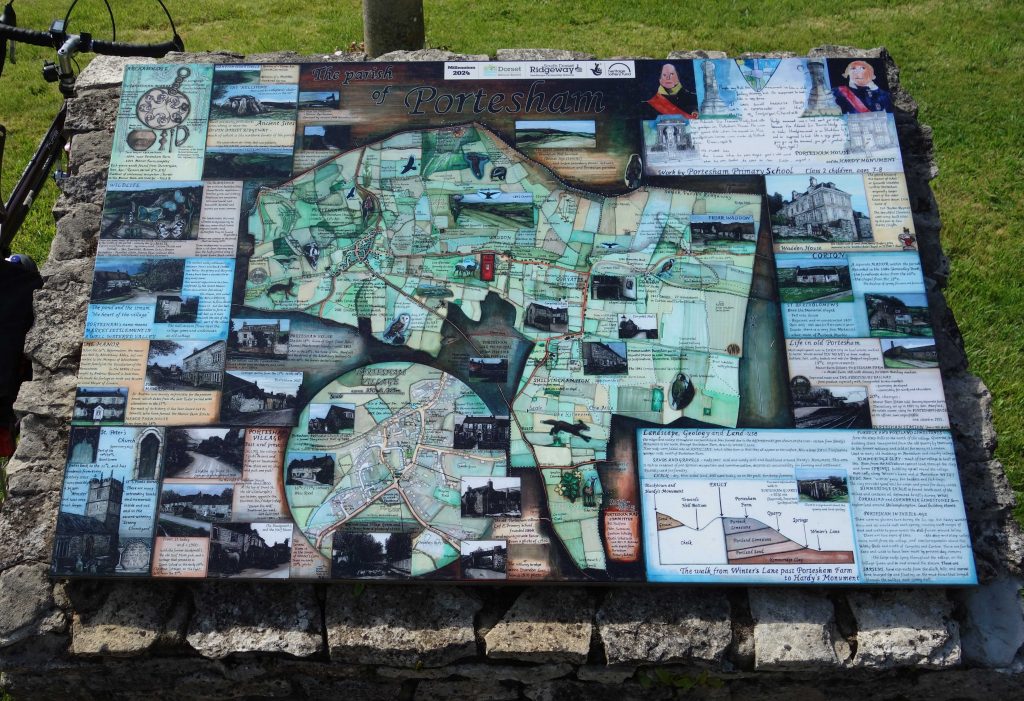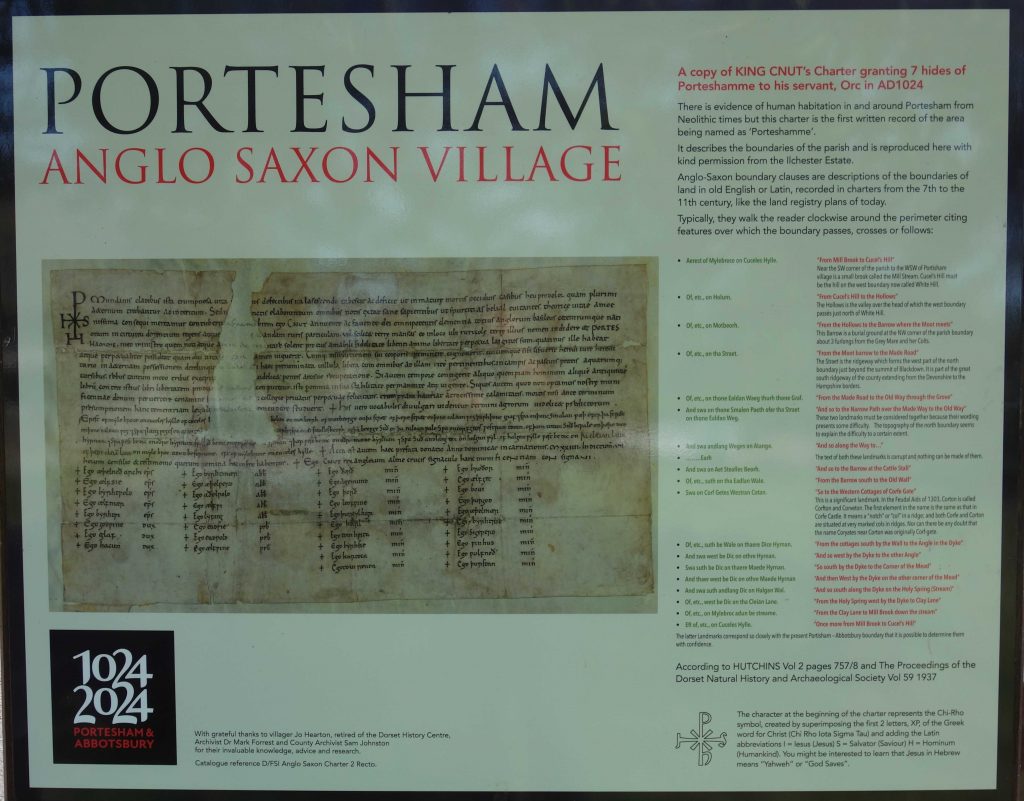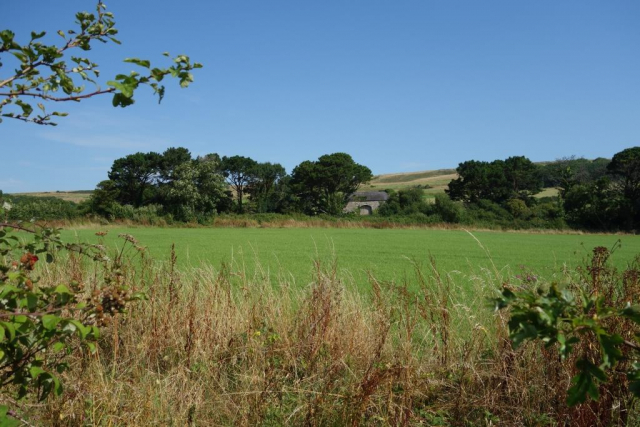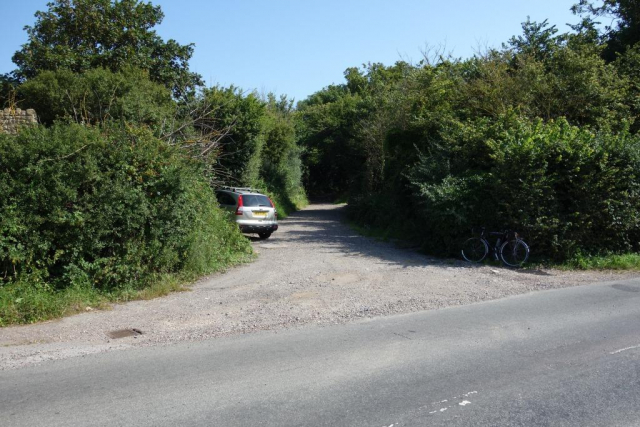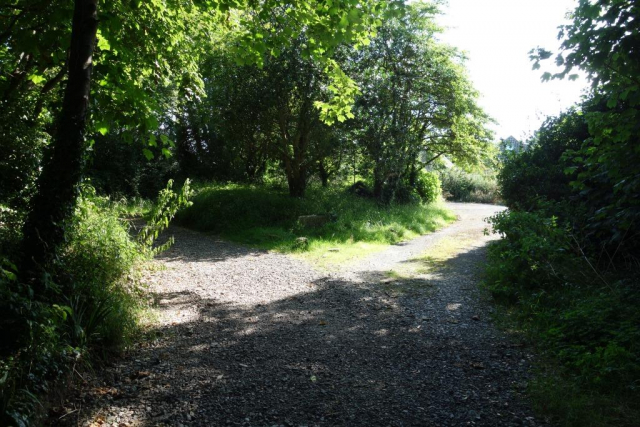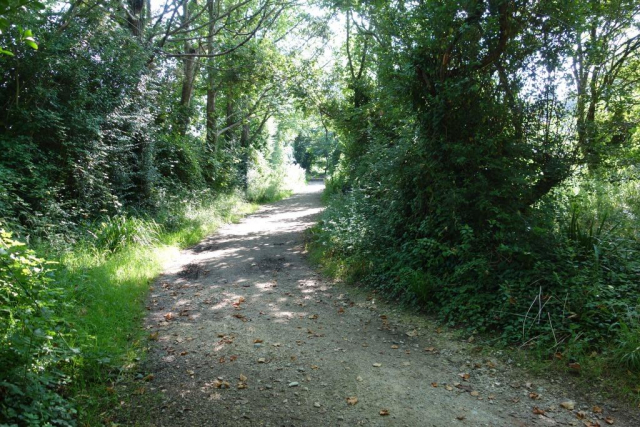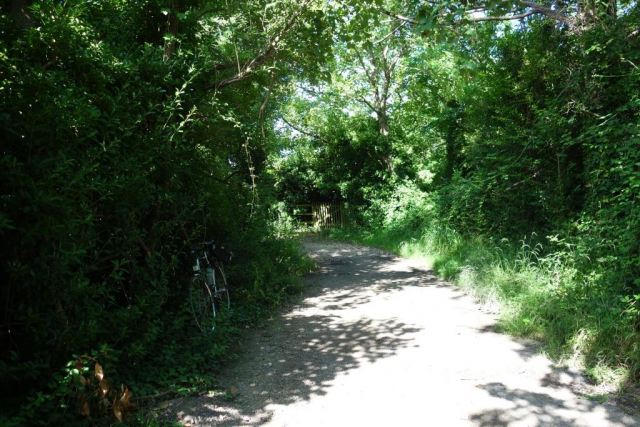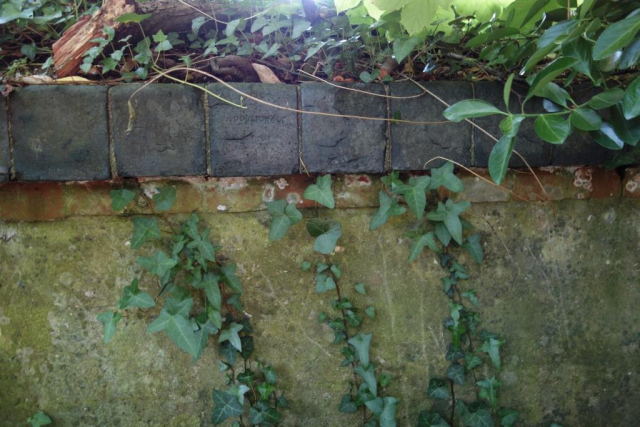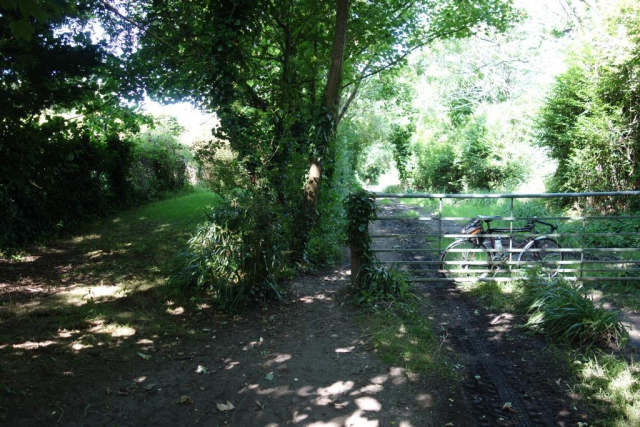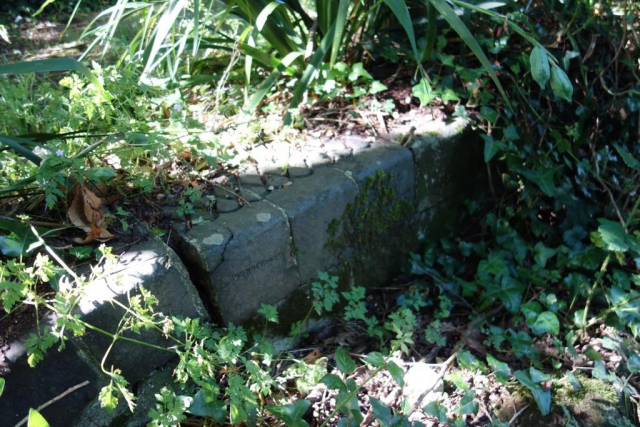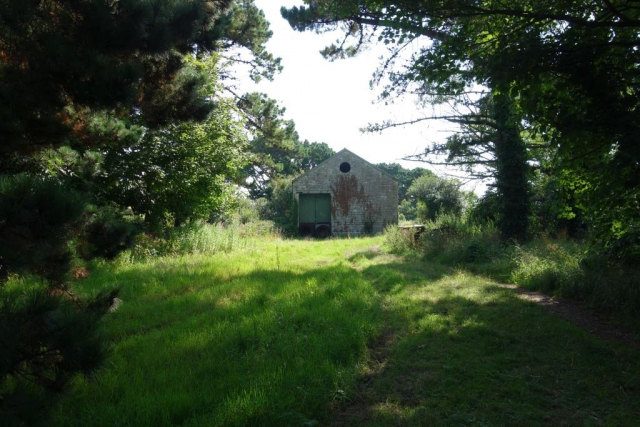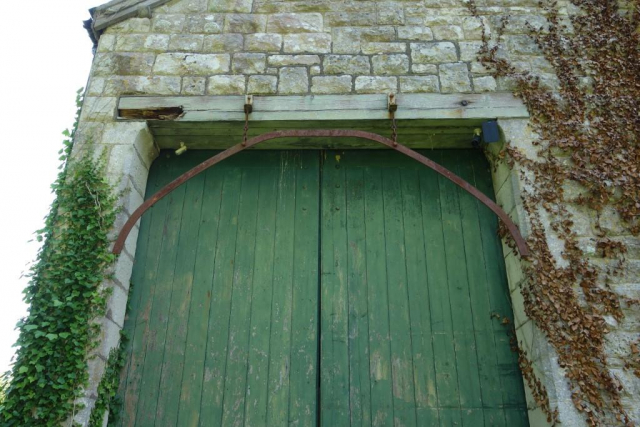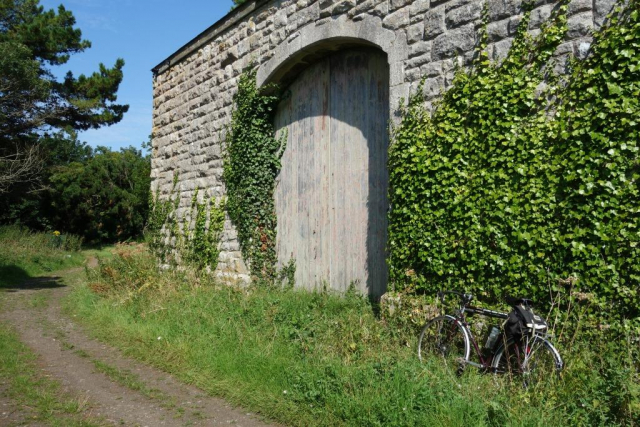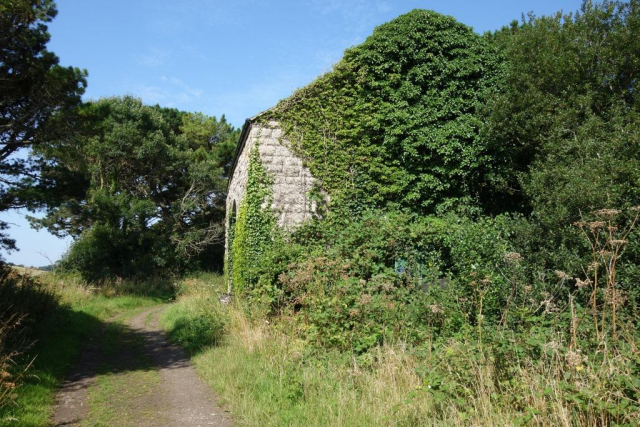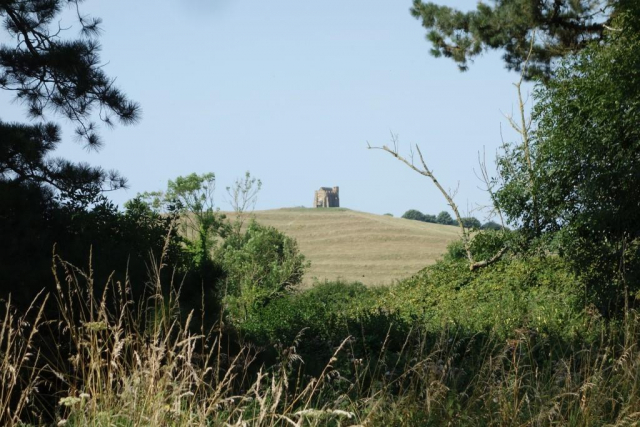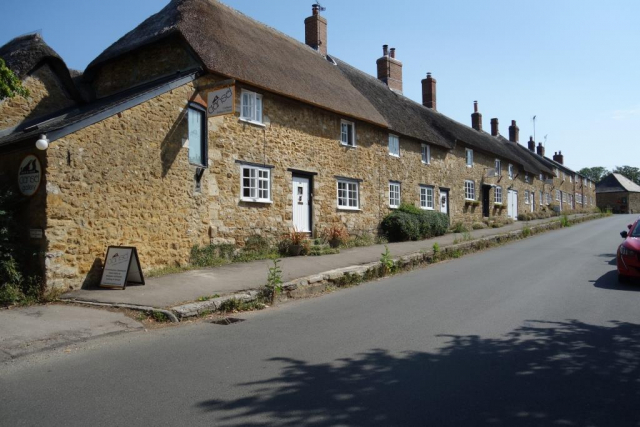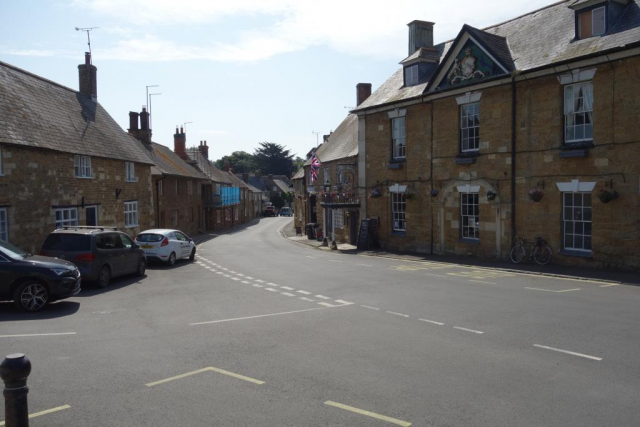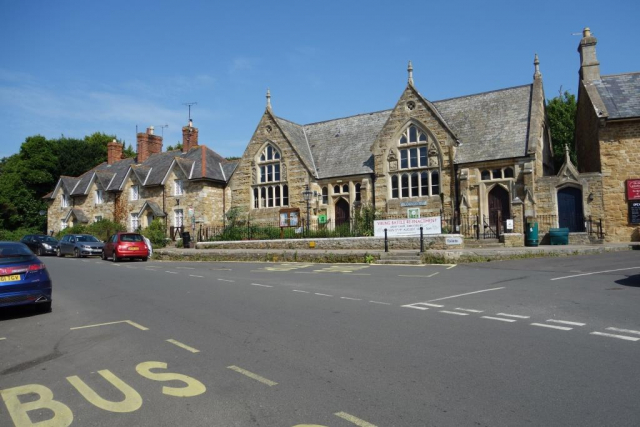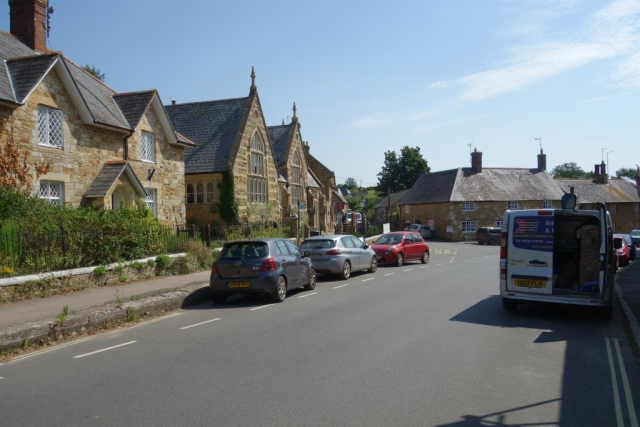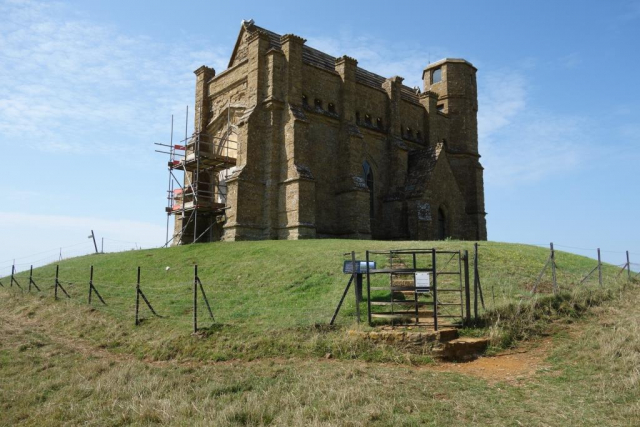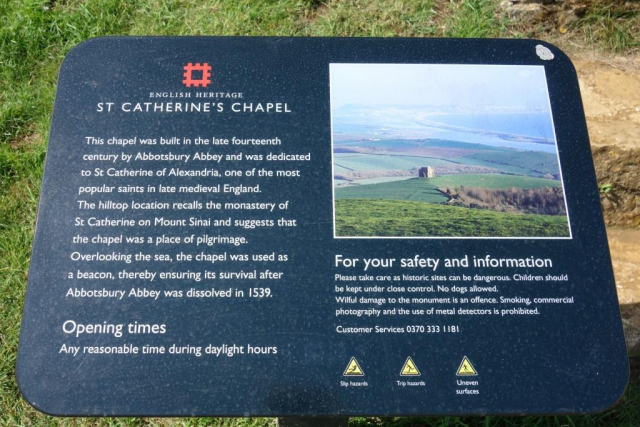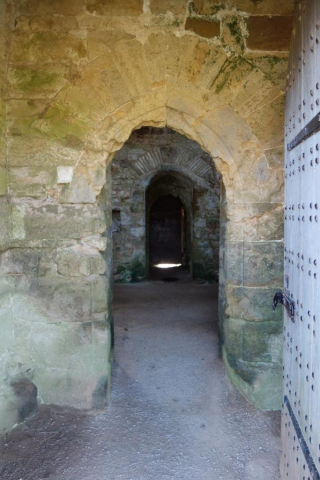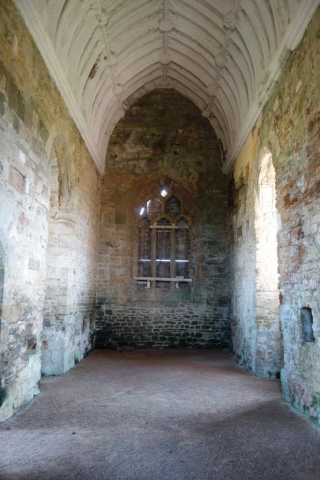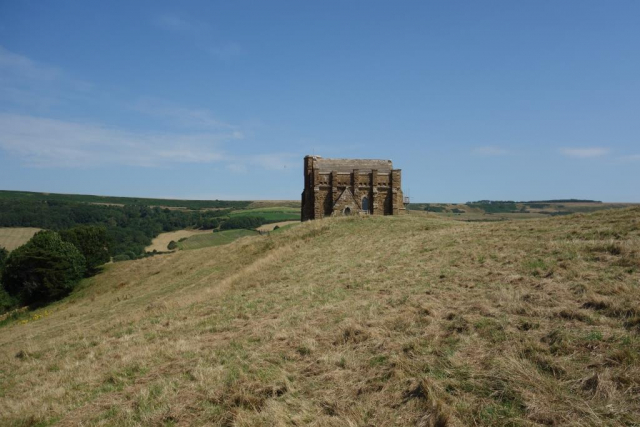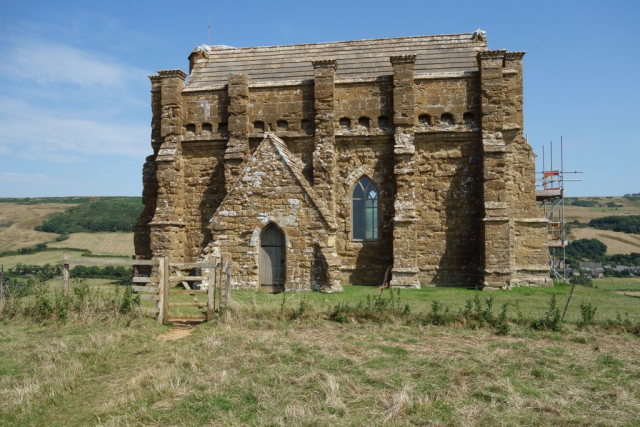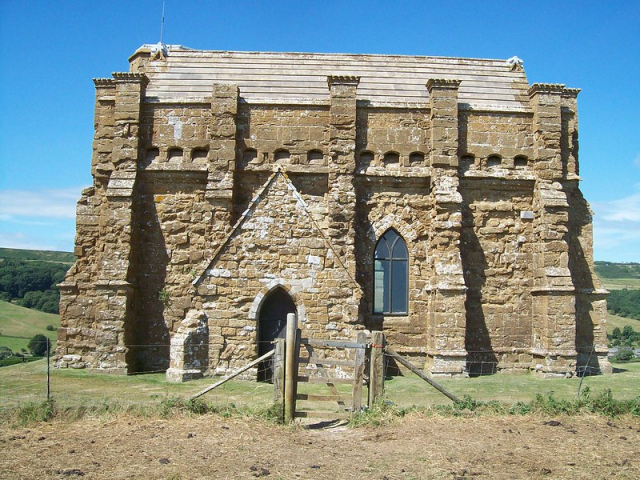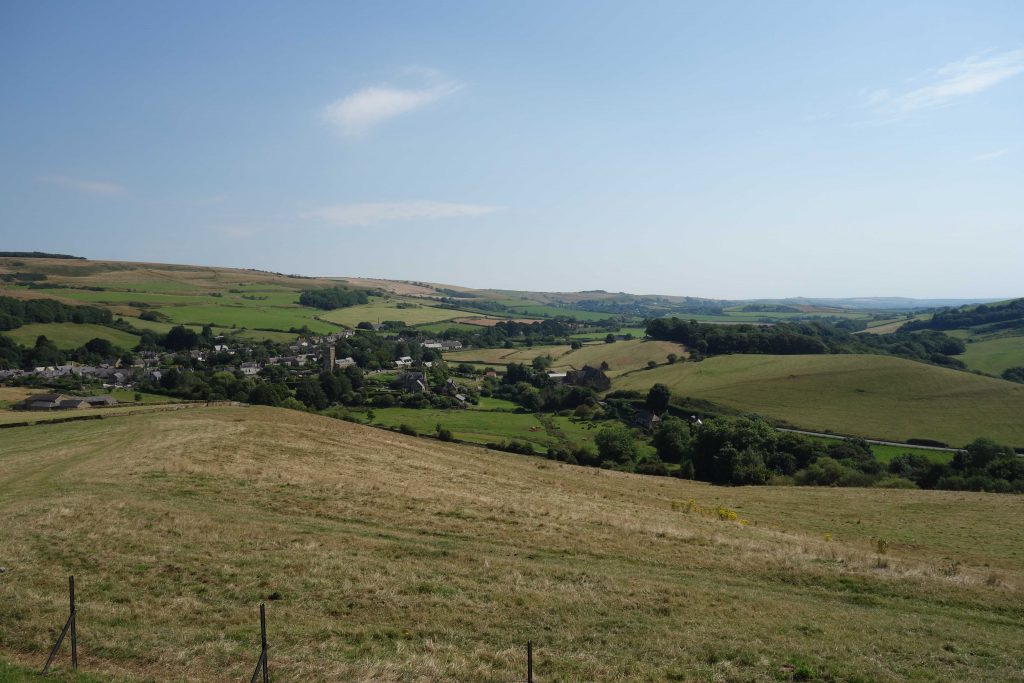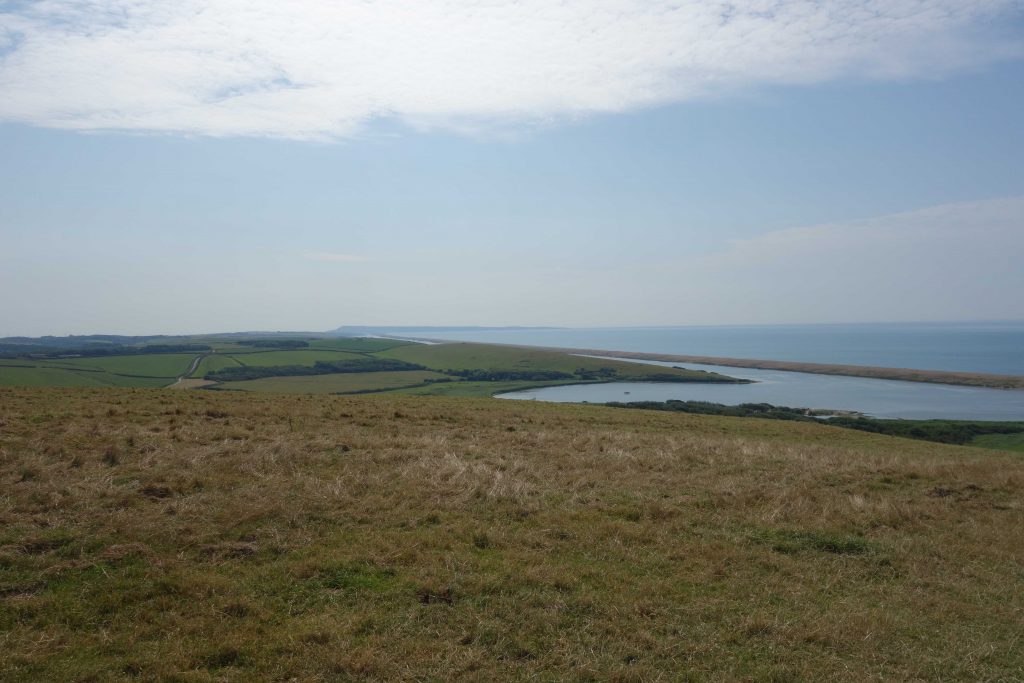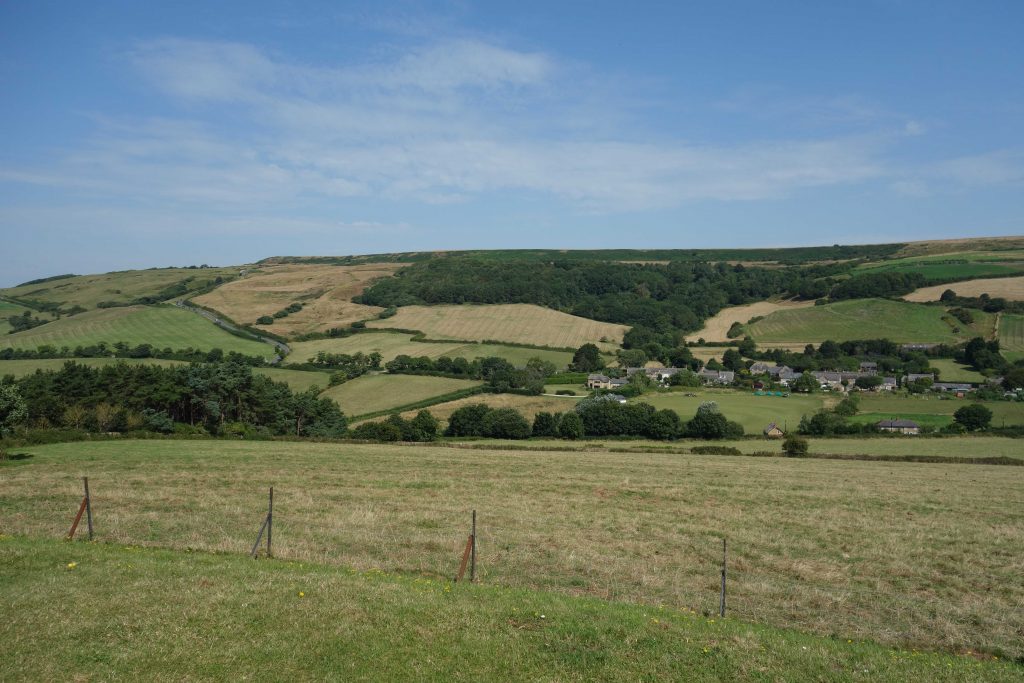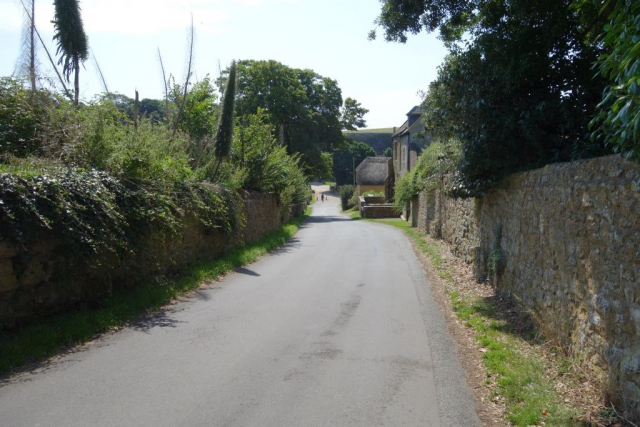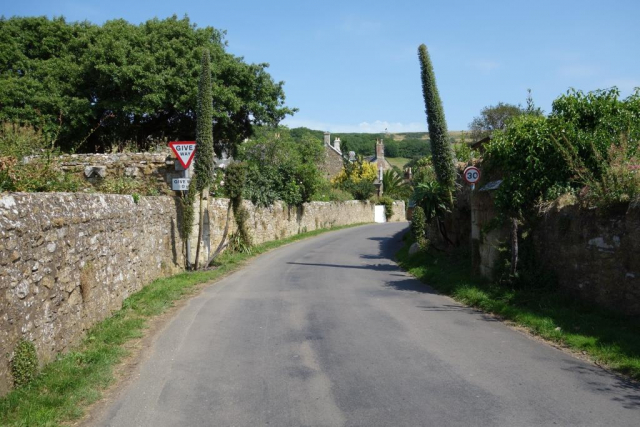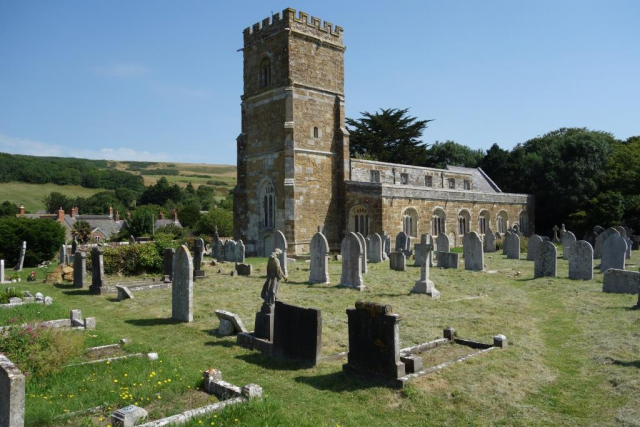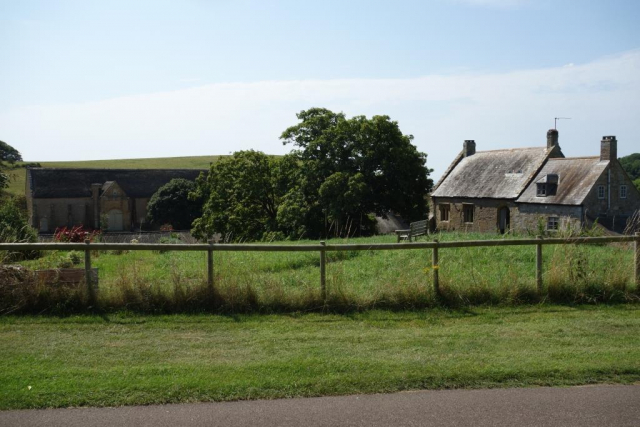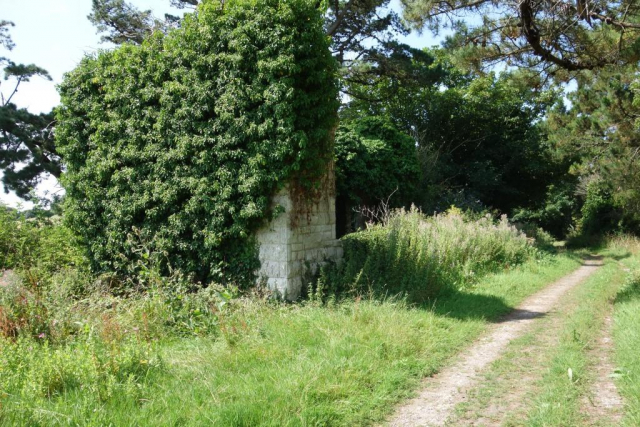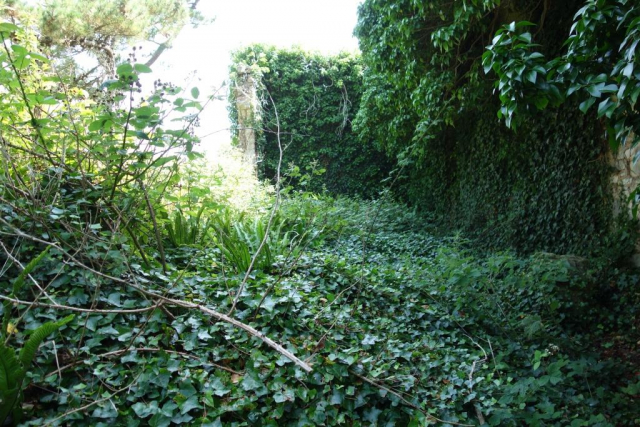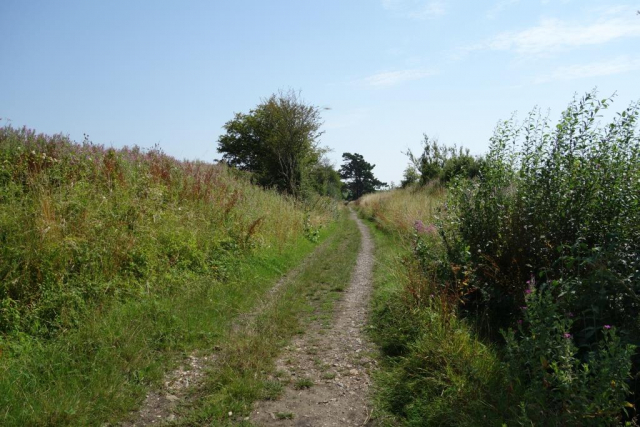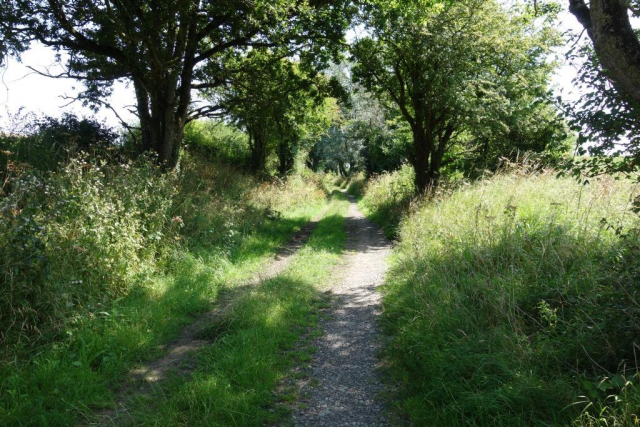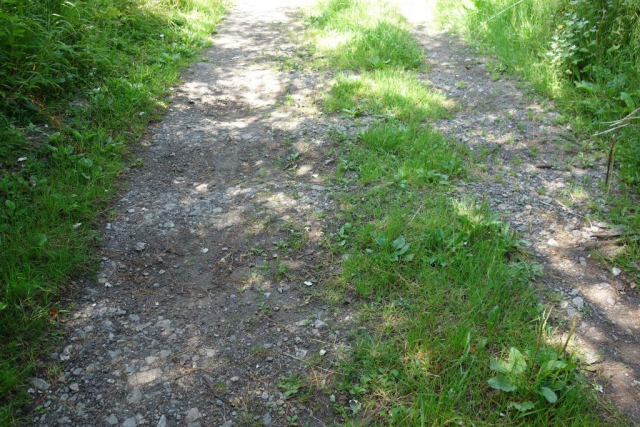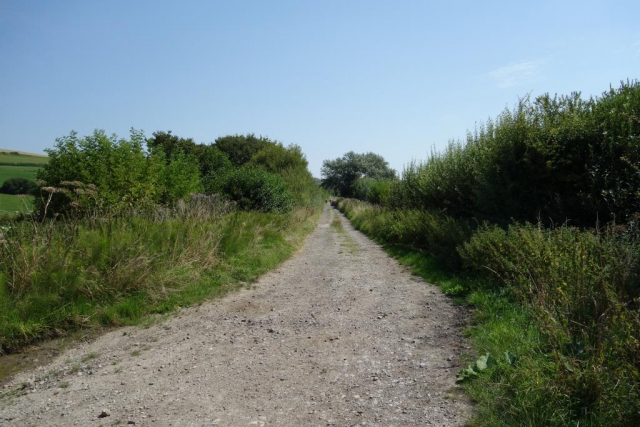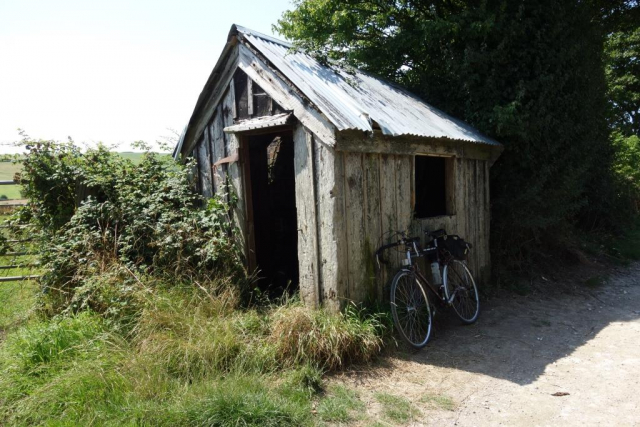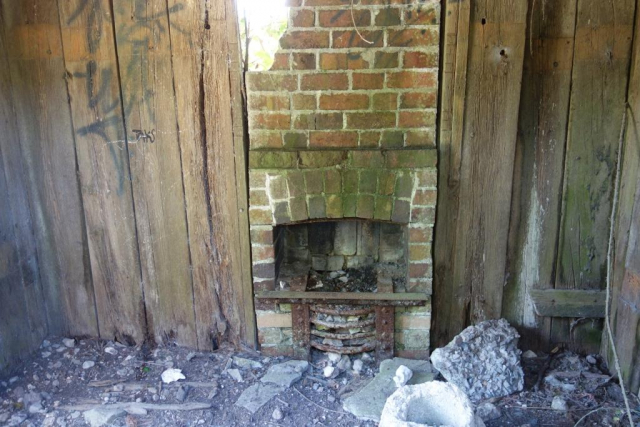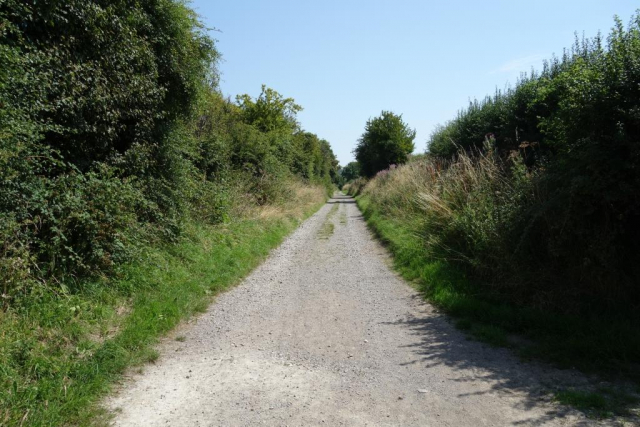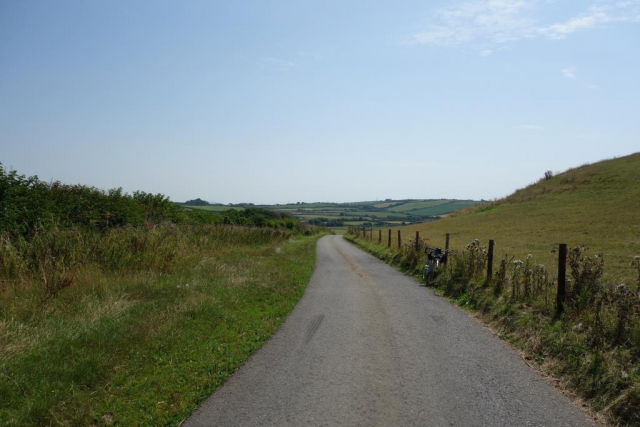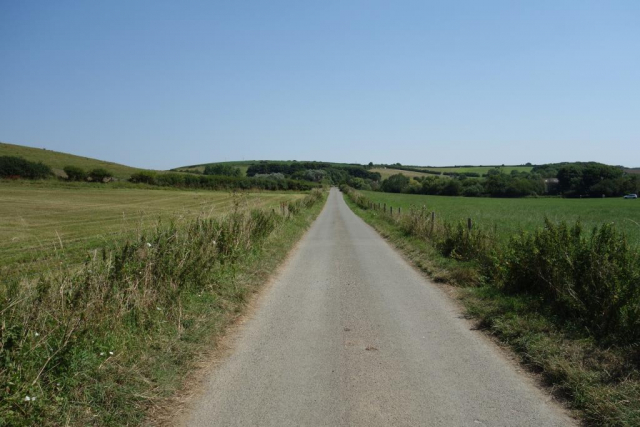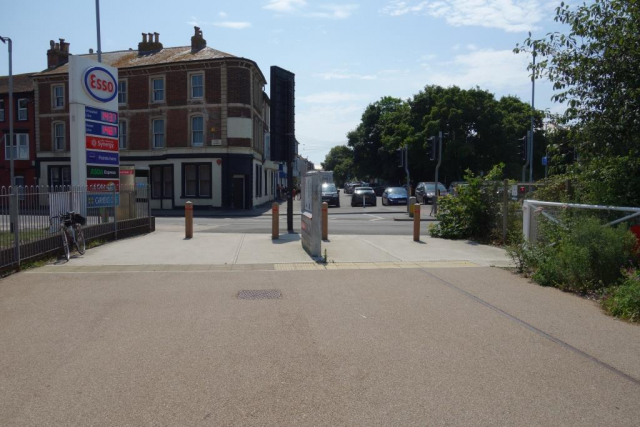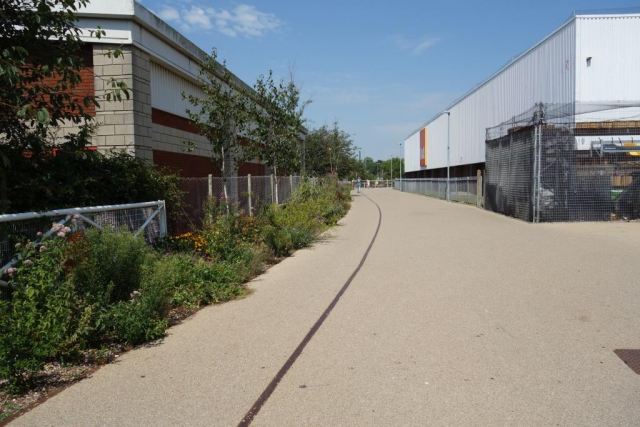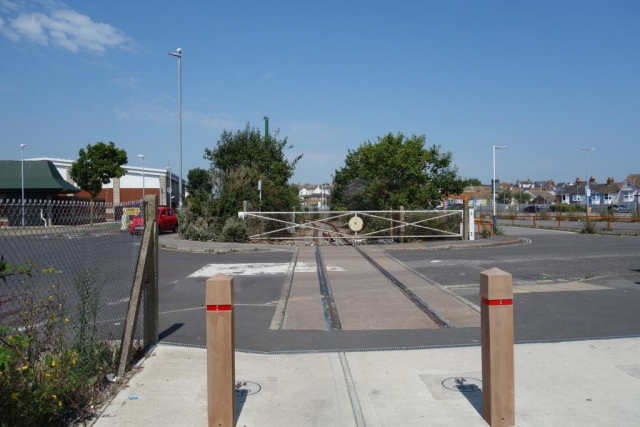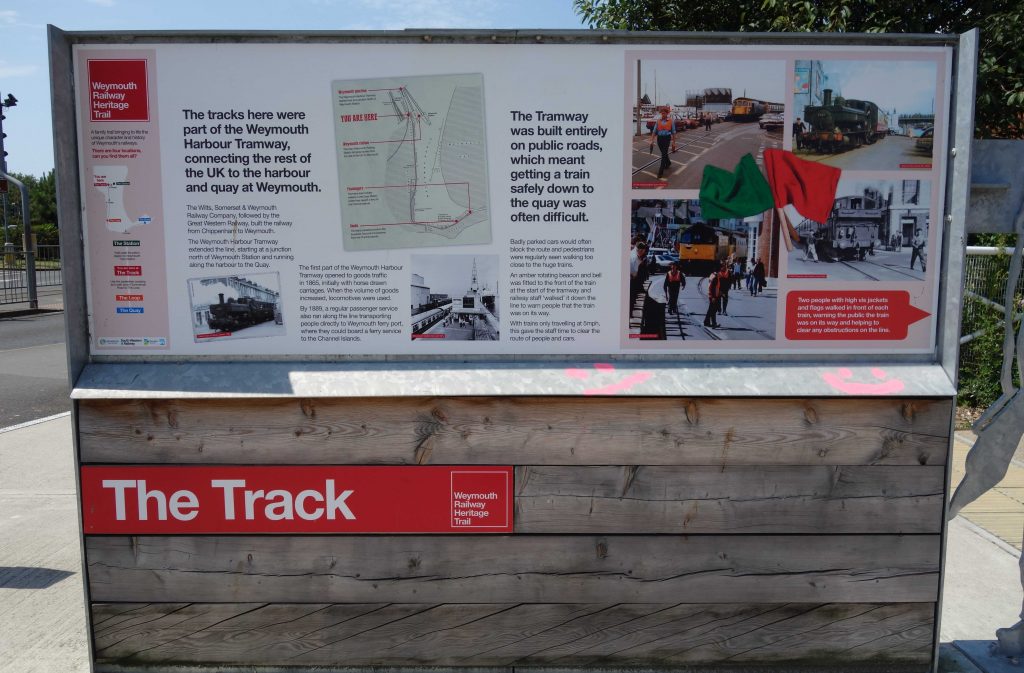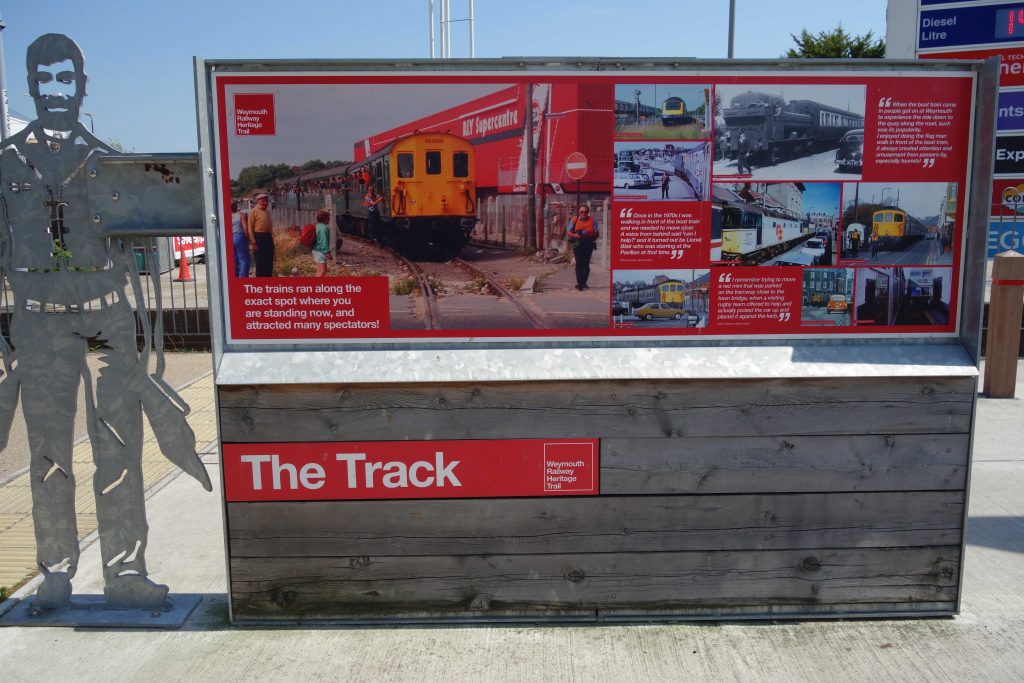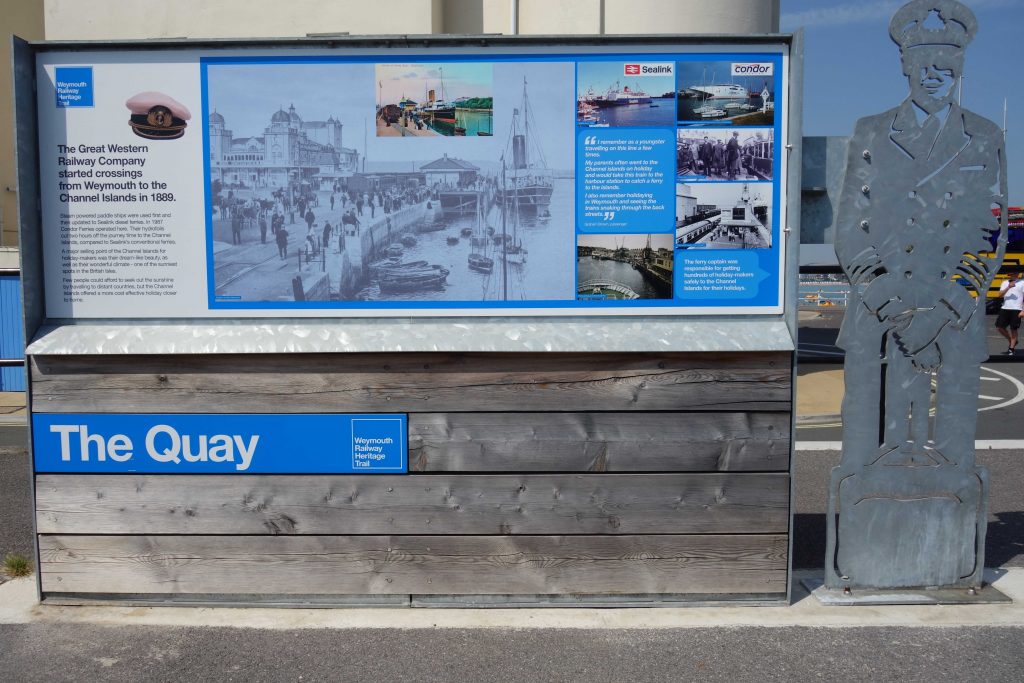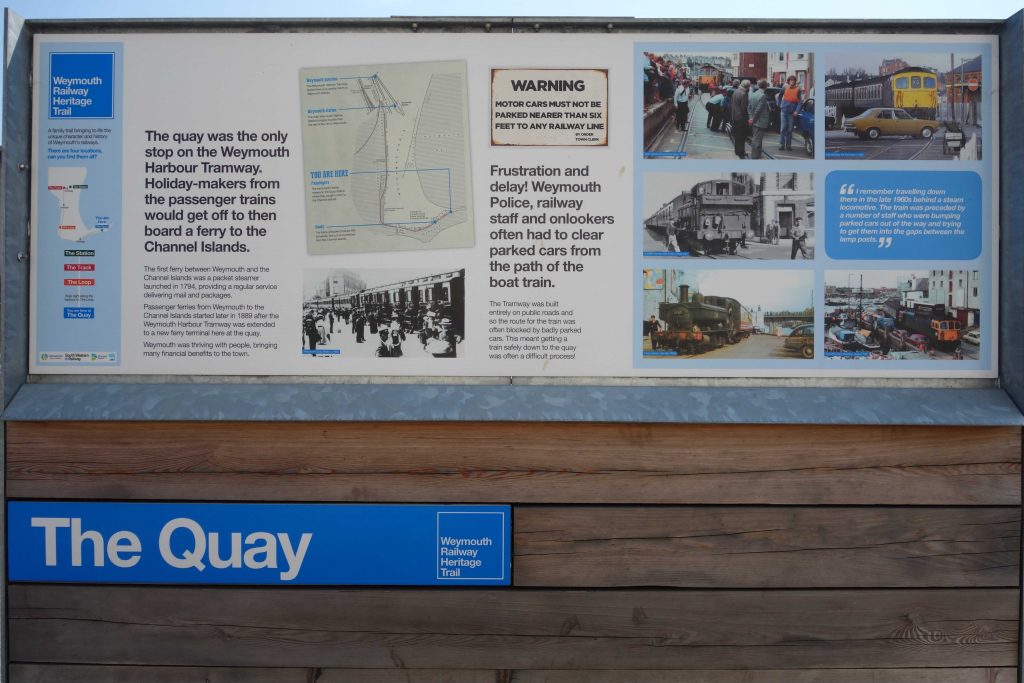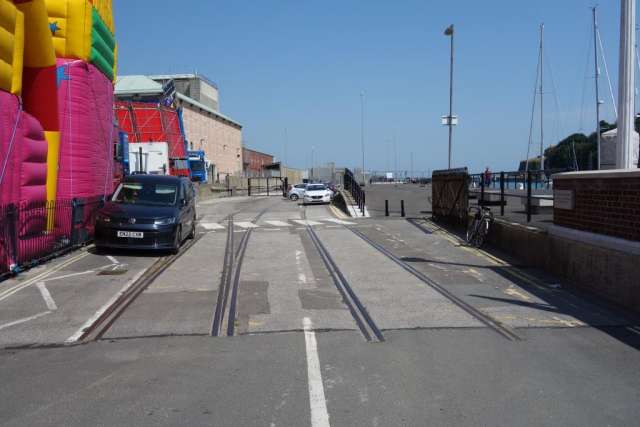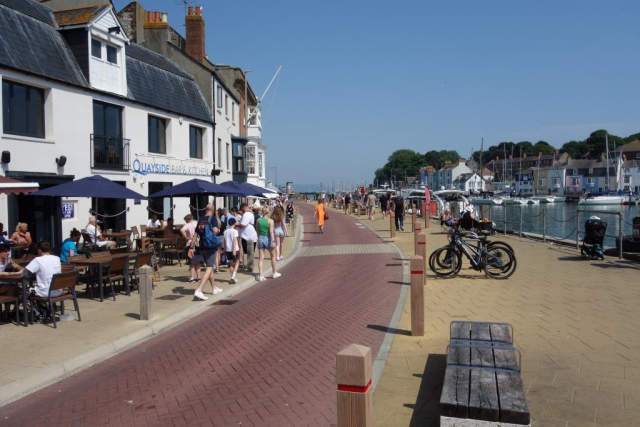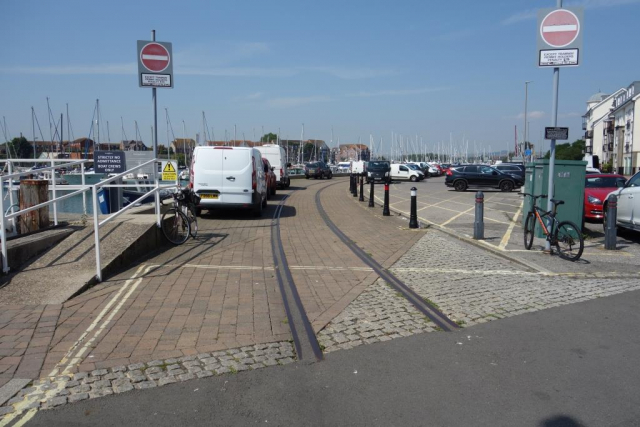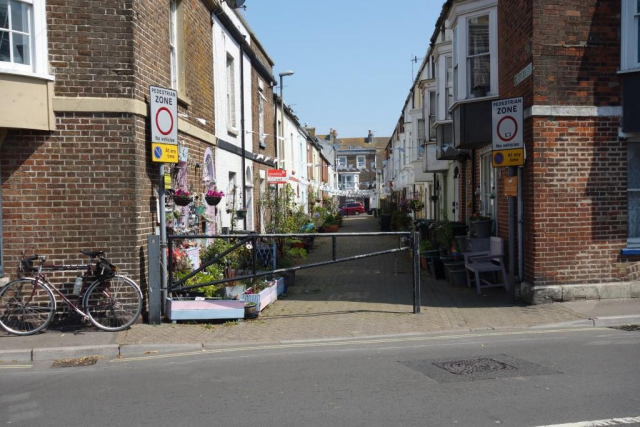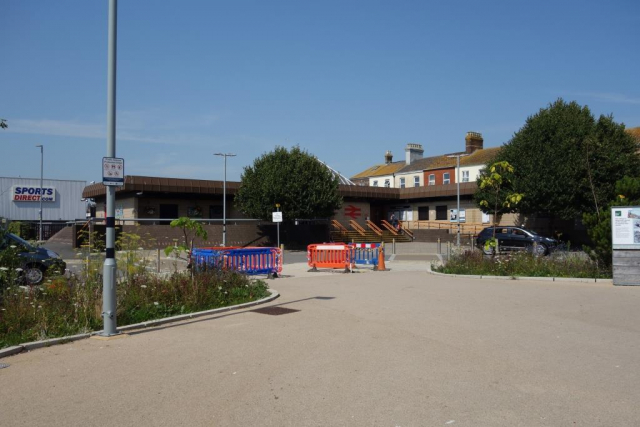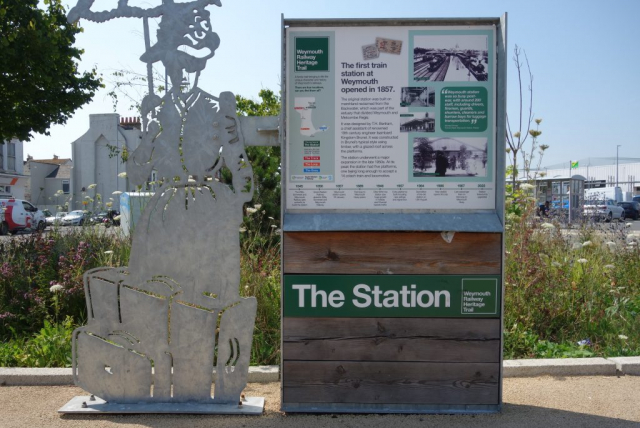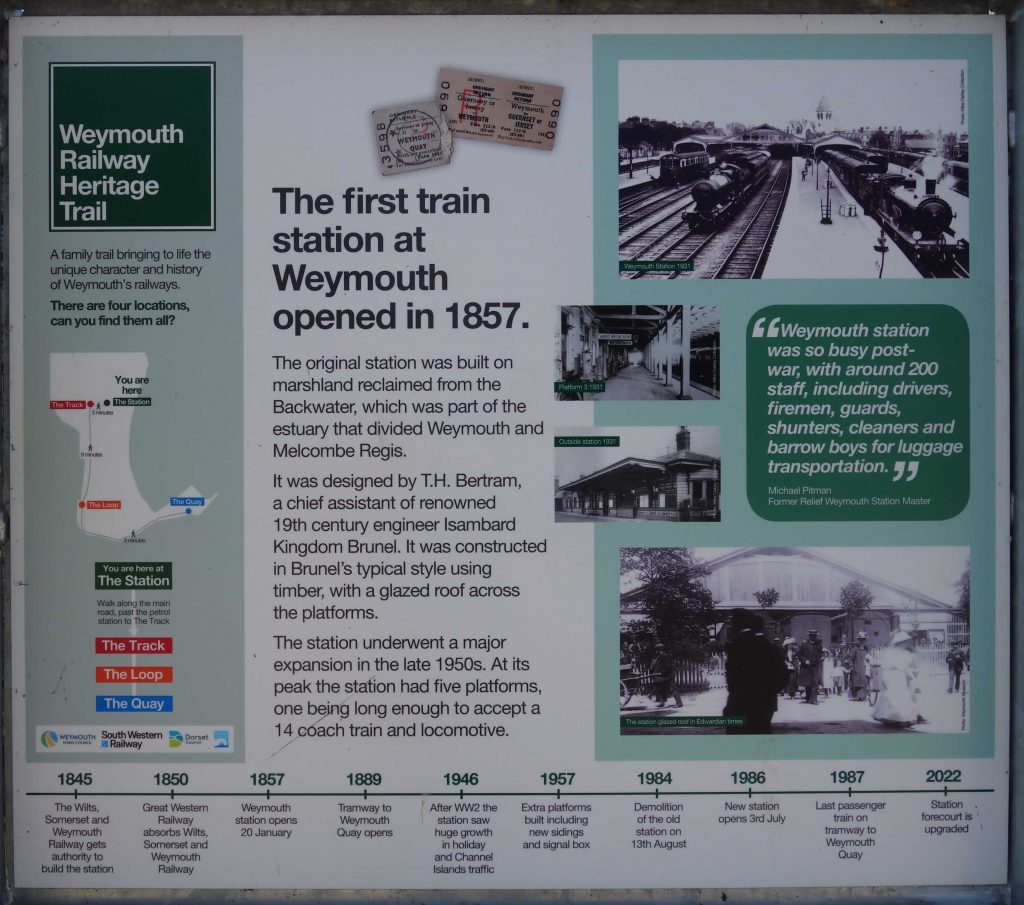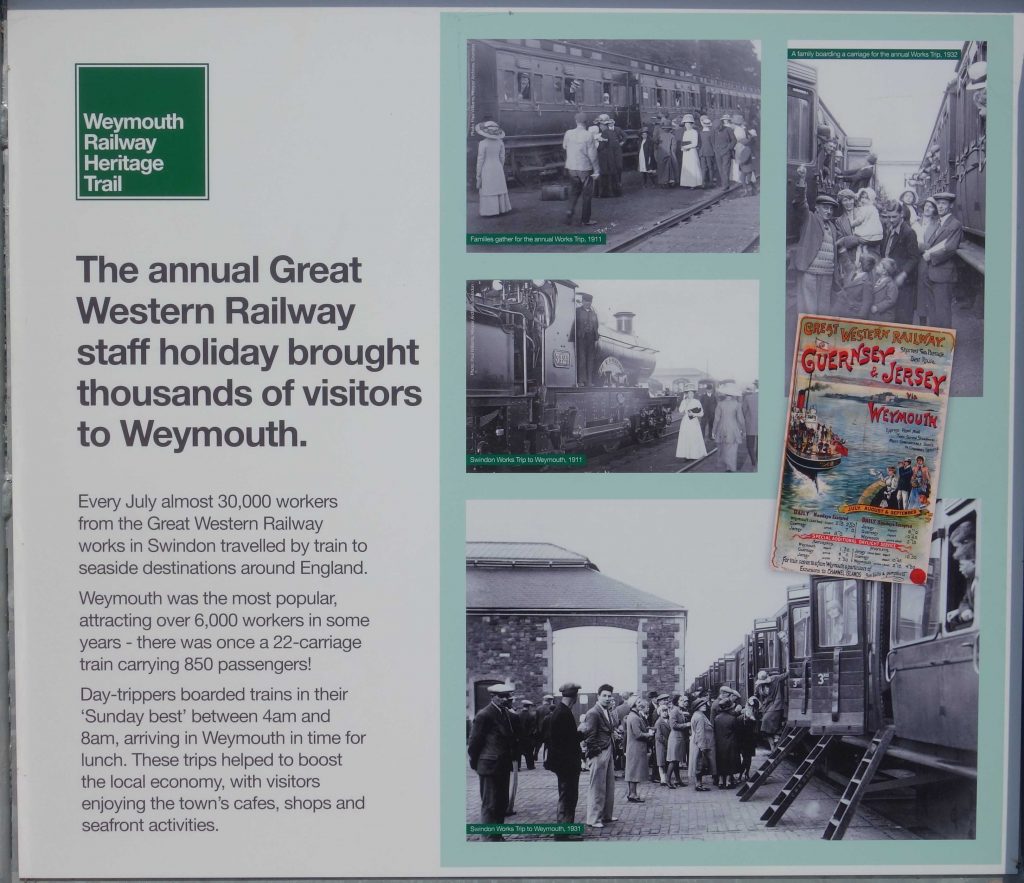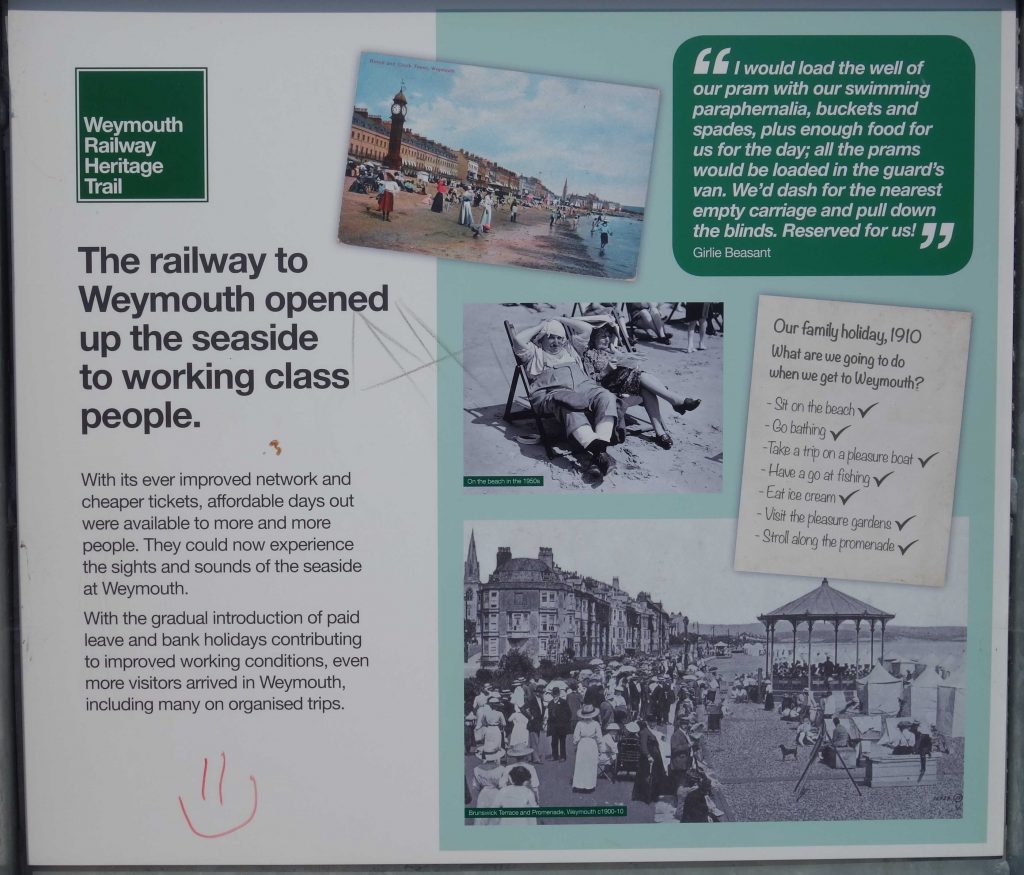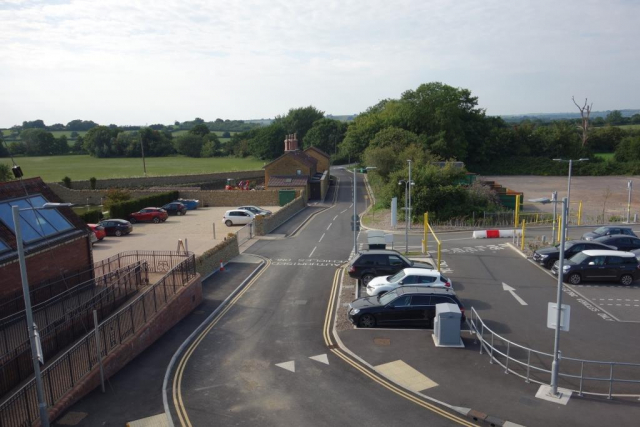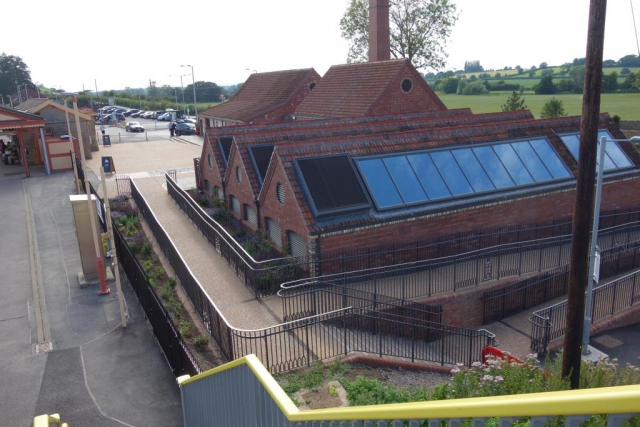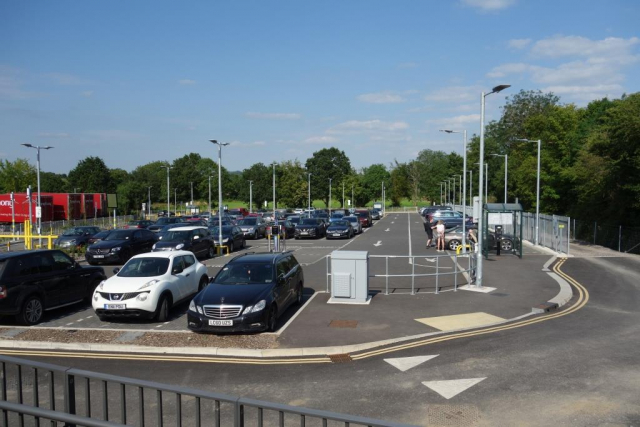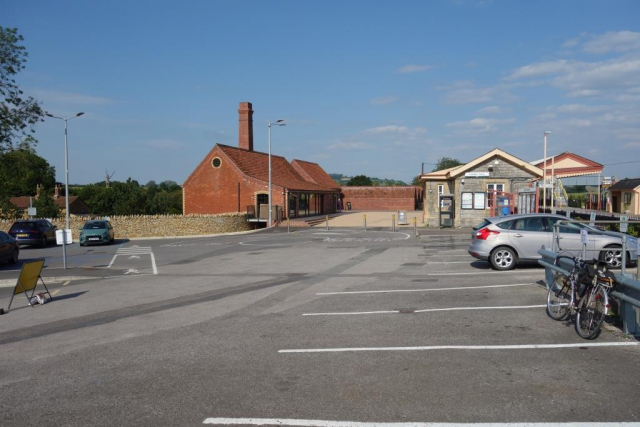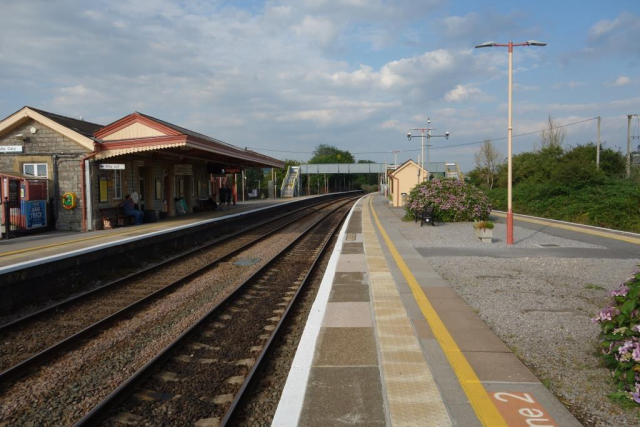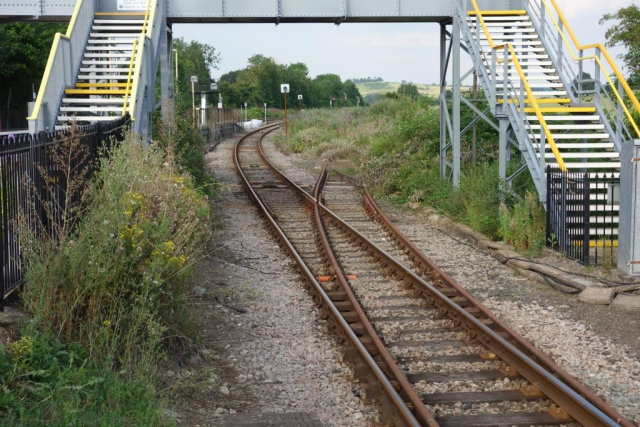The scout needed his lights as he rode towards St. David’s for the 0510 to Waterloo, as the day was a bit shorter than on previous early starts, but still comfortably warm.
At Yeovil Junction, he found the buffet would not open until 0730 and so, after a quick exchange with the Guard about a trespasser on the line at Crewkerne, he headed for what had been the Co-op filling station and was now an Asda. He carried his three pound cup of coffee and bacon and egg sandwich back to Pen Mill, past the derelict factory of Pittards, the world famous, 197-year old glovemakers, which closed down in 2023.
Yeovil Pen Mill
He was surprised to find a “Southern” train in Platform One and he asked the Guard if it had come from the Junction. It had not; it had come from Salisbury, via Westbury. It left for Waterloo at 0658 and shortly another train did arrive empty stock from Junction, this one to make the 0711 to Waterloo, via Junction. The trains combined at Sarum. The workings help to maintain crews’ route knowledge.
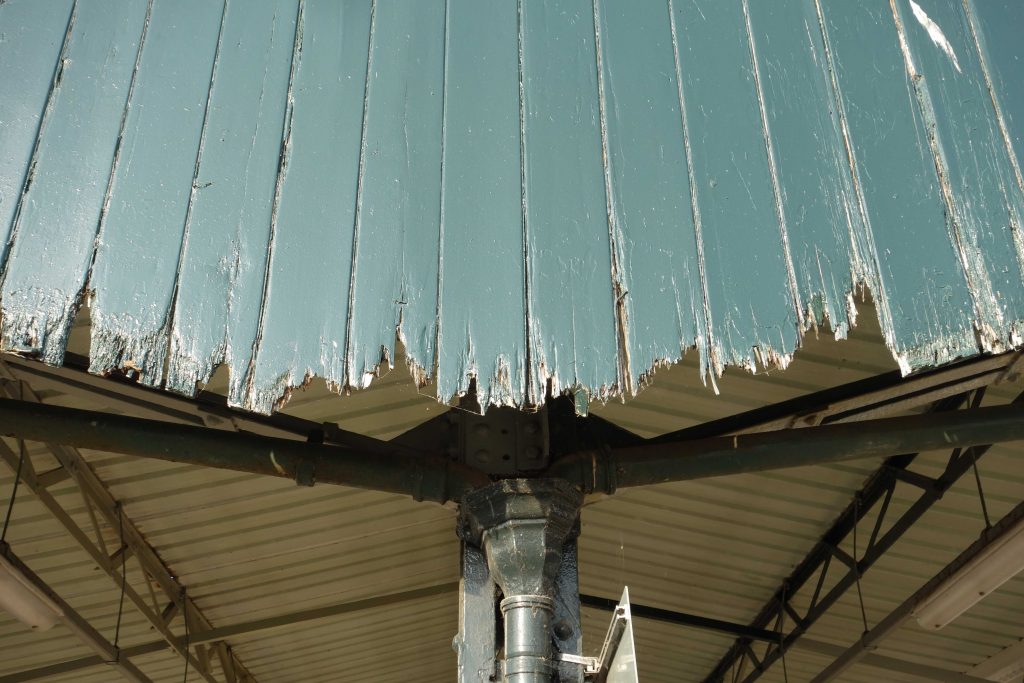
The scout had arrived at Dorchester (West) on the “Weymouth Wizard,” for his route learner of the branch in 2016. This time he detrained from a D.M.U. at Upwey Junction without going over Ridgeway Hill.
Upwey Junction
The station began as Upwey, a short distance Up the line, became Upwey Junction when the Abbotsbury Branch opened, then Upwey & Broadwey when the branch closed. It was renamed Upwey in 1980.
The scout is fascinated by the sounds made by modern third-rail electric trains, which may well have had small children watching an early episode of Doctor Who trembling.
As green badge men were always quick to point out, the Southern Region service book distinguished itself with the footnote: “Unless otherwise shown, 20 seconds are allowed for station duties.” The lesser railways needed 30 seconds. In this video, 19 seconds elapse between the sound of the doors closing (which could be a slam door) and the train moving. Every train in the country could be accelerated by old-fashioned alacrity at stations.
Upwey
After closure of the line to passengers in 1952, it remained open to Upwey for goods traffic because there was no yard at the junction. In fact the line went a little further than this bridge.
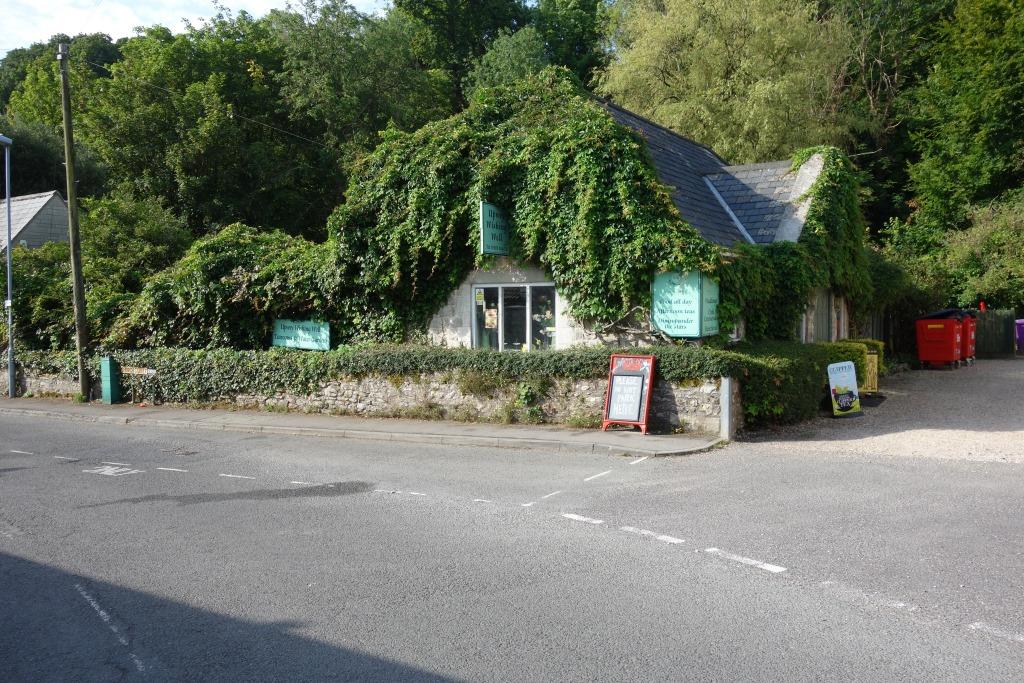
Coryates
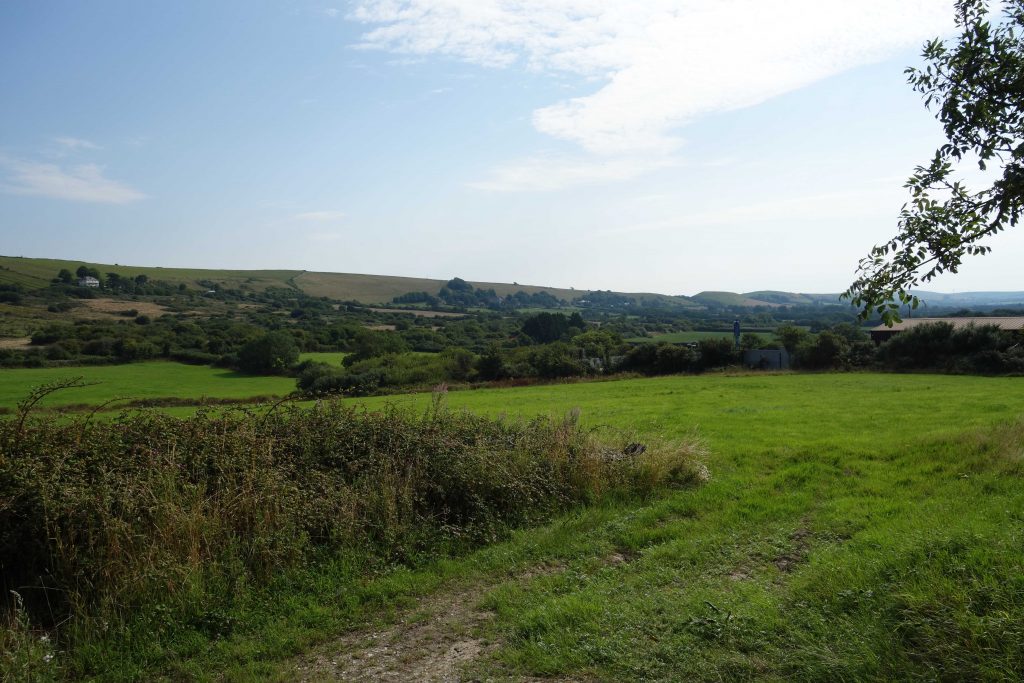
Portesham
Abbotsbury
The scout remembered going no further than the front of the station when he was last here, but found from his O.S. that the line is a bridleway as far as Goose Hill.
Next to the station entrance is Glebe Close, a cluster of “mock vernacular” homes completed in 1996. The scout wasn’t quite sure that it was new and now wishes that he’d gone for a closer look. Let the Google spy camera make up for his laziness.
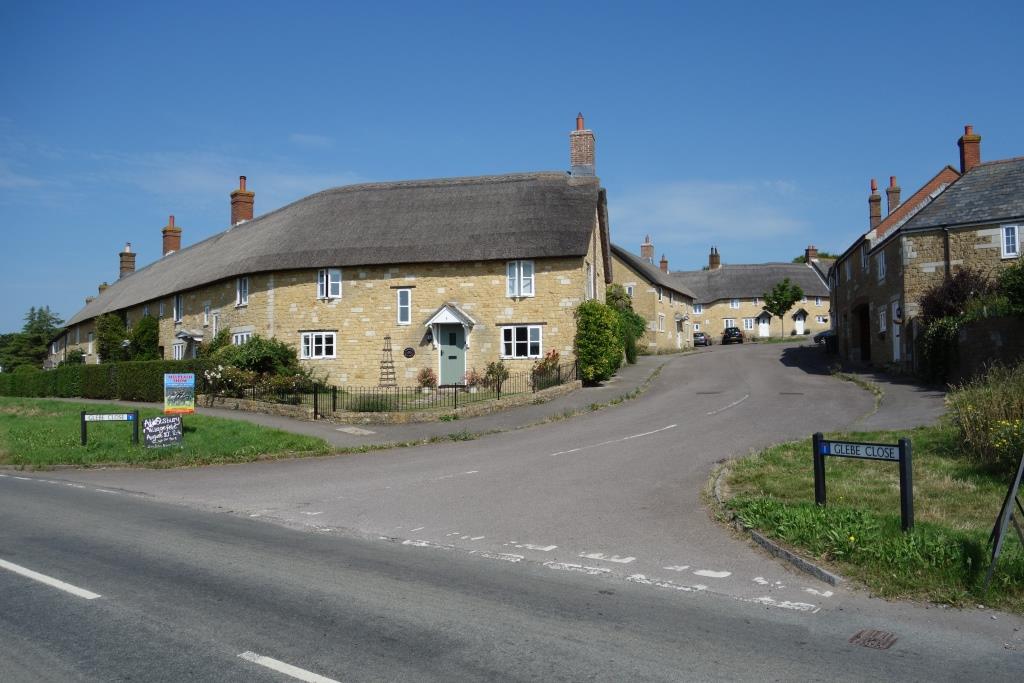
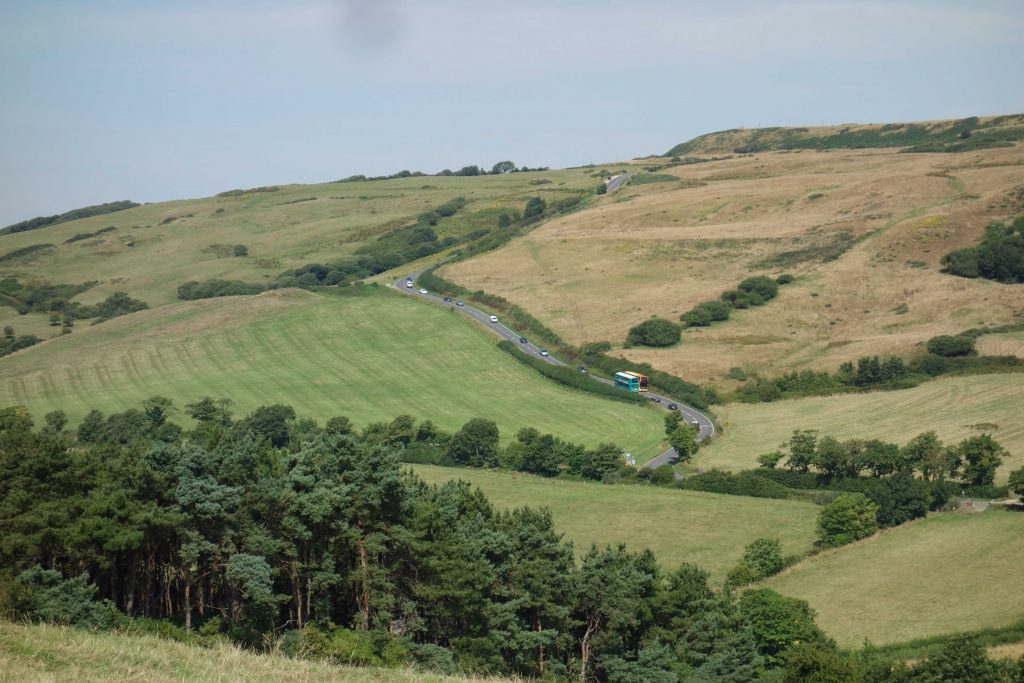
The scout went back to the station and rode along the line to Portesham.
The scout turned left off the main road and followed the lanes to Langton Herring, rejoining the B3157 to go through Chickerell and on to Weymouth at Swannery Bridge.
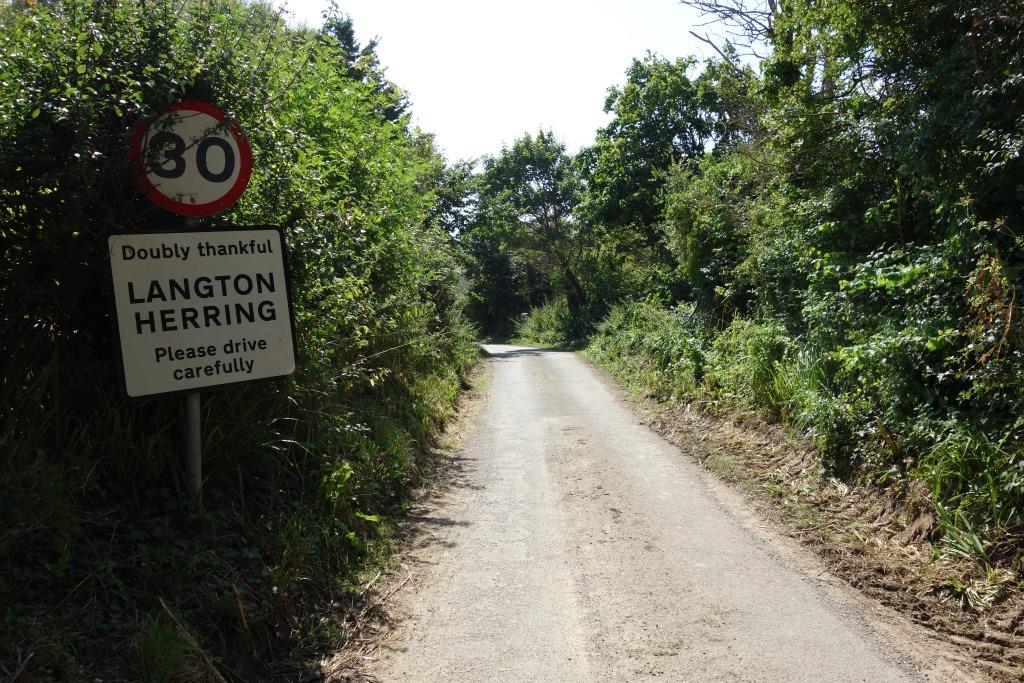
Weymouth
The scout crossed the lake where the Portland Branch viaduct had been and quickly reached the place where the tramway had started. It had now been lifted and the road surface was new.
So as to have a fallback, the scout went to the station and reserved a bicycle space on the 1915 from Castle Cary. The booking clerk told him that the previous day 600 had come for the 1728 to Bristol. Any thoughts he had had about riding to Portland were forgotten and he promptly decided to catch the 1528 and have a couple of hours at Cary, something he had not done since before the plague.
The promenade on either side of the Jubilee Clock, the marker for the station, was packed with stalls selling “street” food, crafted goods and tat. The scout ambled three parts of a mile along the prom and back and then made for the harbour.
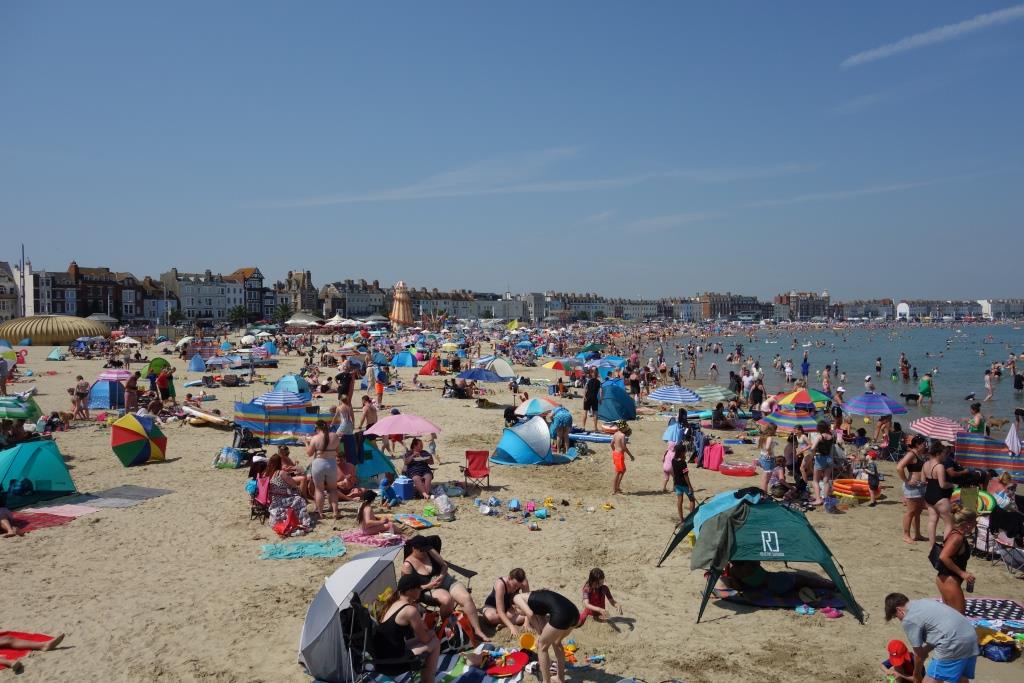
“Dorset Council should celebrate Wesley Street in Weymouth.”
Passengers were accumulating for the 1528 when the scout slumped to the ground on platform one. The train was in the platform with the engines shut down and the doors closed; they were only opened shortly before departure. The Guard announced that the air conditioning was only working in the front car; the other two were stifling, reminiscent of the scout’s awful journey from Ruabon to Newport in 2019. As then, the ventilation through the hopper windows (one of the four was sealed) was quite inadequate. The crew were comfortable in their cabs with droplights. The Guard eventually announced that bottled water was available on the luggage racks. The scout was seated on the rack next to the small bicycle space and had already helped himself to water. He held up the remainder and passengers soon took it.
Castle Cary
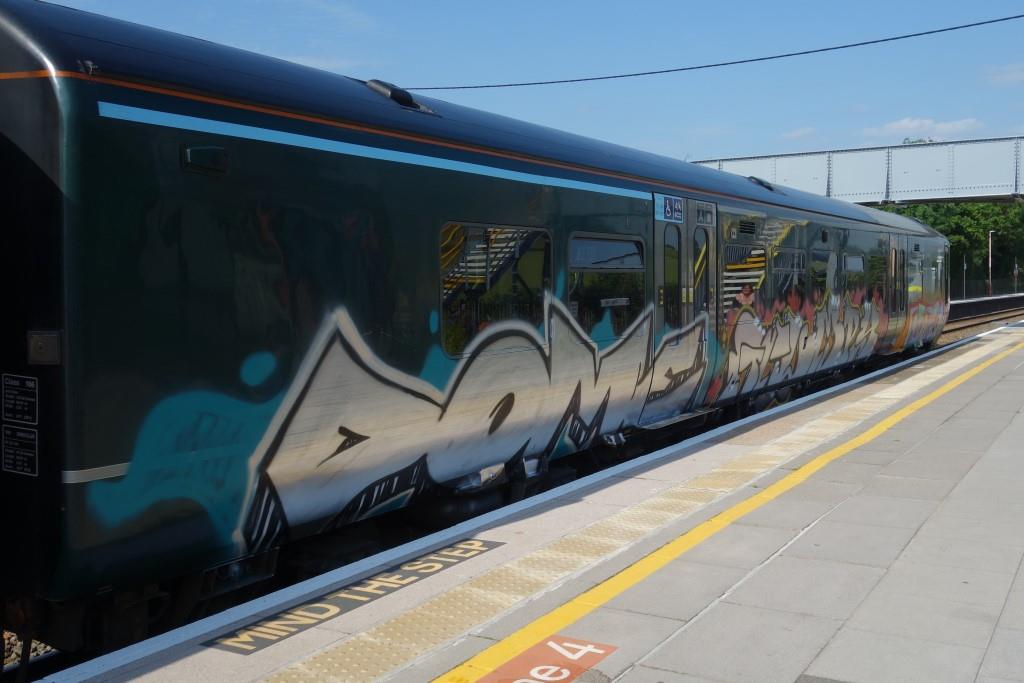
The scout went to the B.O. to ask if he should book a space on the 1817 and was advised not to bother, as he’d probably be able to stow his bicycle.
After a quick look at the changes to the station frontage, he set off to the village and returned with cold lager and a pork pie.
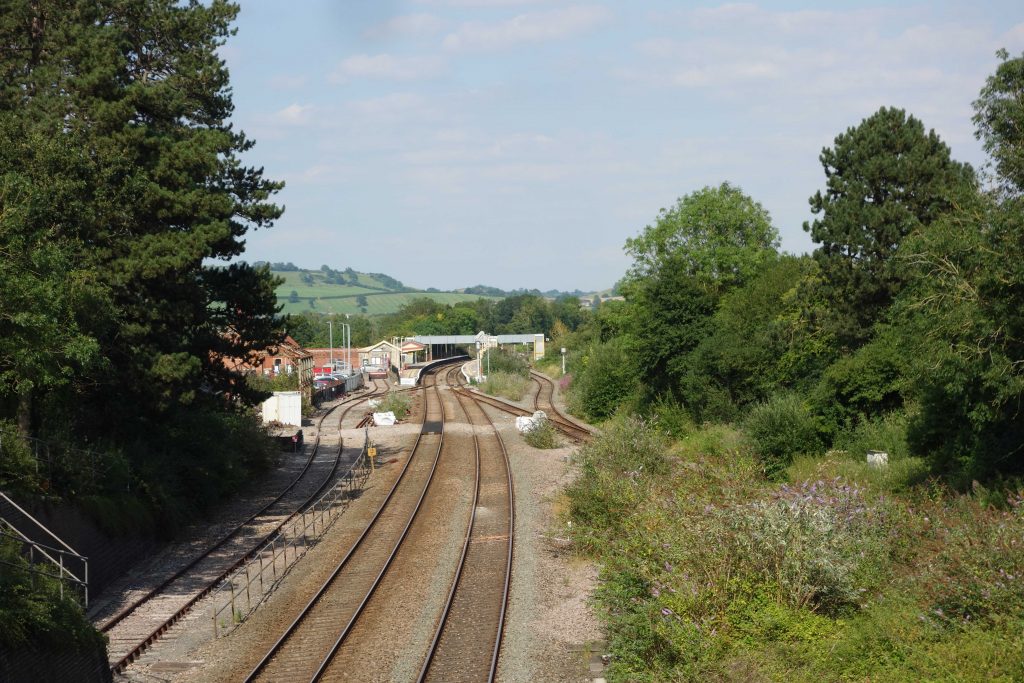
The now single line to Yeovil goes off right while the Great Western main line heads towards Cogload at left.
Buddleia and ballast bags are Network Rail hallmarks. +
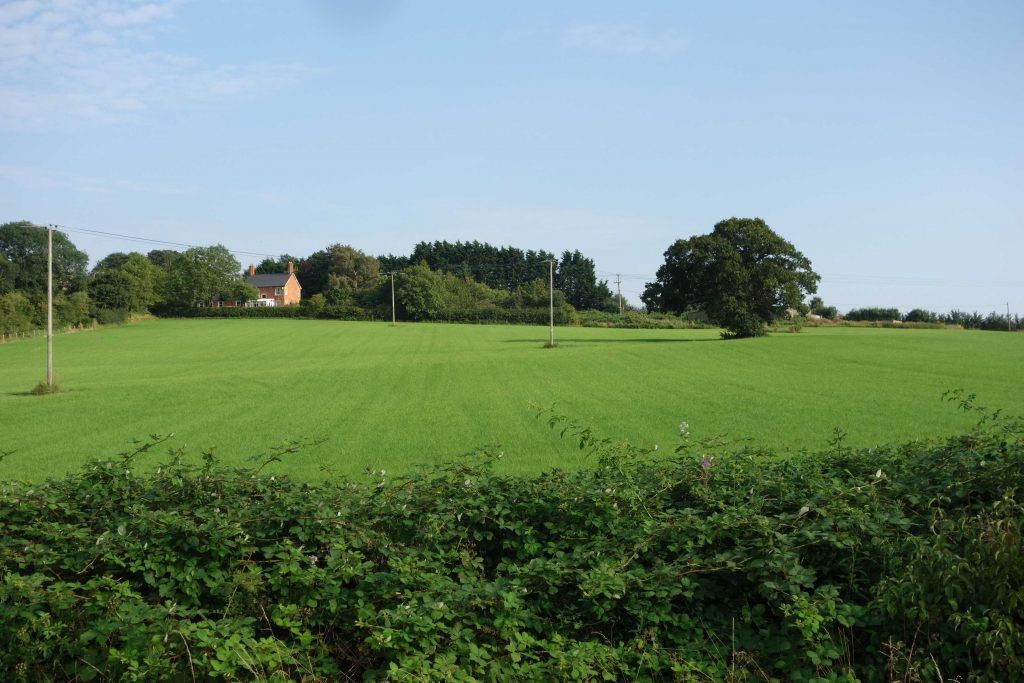
The turnpike that was severed by the railway used to climb straight to Ansford but was diverted via a loop to ease the gradient, the course of which can still be made out; the oak remains from one of the hedgerows. The new road from the station bridges runs along the top of the field. The former turnpike remained as a footpath but this eventually reverted to the original course, where it is today; it can be seen approaching the road at left.
A planning application for housing on this field had been turned down by South Somerset District Council, which decided that the homes would create “a highly conspicuous scar upon our countryside.” There had been concerted opposition from local people, all saying that Cary had become too big as it was and many saying that they valued the rural setting of the station. However, the scout was dismayed to find when he returned home that the developer’s appeal had been successful and that the Planning Inspectorate had ruled against the council.


